Launched in 1994 by publisher Ravi Dayal, Civil Lines quickly became the home of vital new Indian writing in the English language. Initially inspired by British magazine GRANTA, its focus on high quality unpublished fiction, personal history, reportage and inquiring journalism instantly appealed to what its founding editors describe as a new generation of “intelligent literate urban Indians” who valued high quality English writing and bought fiction and non-fiction for the pleasure of reading.
Significantly the magazine sought to challenge the traditional literary model by refusing to publish to a set schedule. Instead it prioritized quality, with issues appearing only when the editors felt they had garner enough fine, unpublished writing connected with India to warrant an issue. The result has been five issues to date, all defined by their consistency, surprise, eclecticism, intelligence and originality. Largely edited by practicing writers (Rukun Advani, Ivan Hutnik, Mukul Kesavan and later Kai Friese) rather than academics and with no defined literary manifesto determining the content, Civil Lines is ultimately a testimony to power of the story to describe, illuminate and make real.
“The first thing that was ground-breaking about a journal like Civil Lines in India, then, was precisely this: it revealed exactly where it was coming from, its hybridity, limitations and possibilities, without shame, without deception, without fronting, without pretensions to subalternity, without abandoning politics.”
Four Ground-breaking Things In Five Issues of Civil Lines or, Ways to Get Your Head Out of the Postcolonial Sand – An Essay by Vivek Narayanan
SOMETHING BARELY REMEMBERED a film by Priya Sen
“Civil Lines advertises itself as New Writing from India. This is misleading (as most advertisements are) because in its short life Civil Lines has been host to old writing newly translated, writing by not-Indian writers, writing by Indians Elsewhere and so on….”
Civil Lines An Essay by Achal Prabhala
2008
PEOPLE
Anita Roy, Amarish Sat-wick, Susan Visvanathan, Rosie Llewellyn-Jones, Amitava Kumar, Amit Chaudhury, Saba Naqvi Bhaumik, Nirmala Subramaniam, Sankarshan Thakur, Mishi Saran, Lauent de Gaulle
FAMILY TREE
- Granta
- Chandrabhaga: A Magazine of Indian Writing
- Indian Literature
- Kavya Bharati
- The Journal of Indian Writing in English
- Yatra
- The Little Magazine
- Biblio, A Review of Books
- International Gallerie
- India Magazine
RE/SOURCES
- From Amazon
- On Google Books
- Alter, Stephen. “A Few Thoughts on Indian Fiction, 1947-1997”, Alif: Journal of Comparative Poetics, No. 18, Post-Colonial Discourse in South Asia/ Khitab Ma Ba’d al-Kuluniyaliyah fi Junub Asya, 1998, p 14-28
- Malik, Bela. “The unfinished revolution”, Kathmandu, April 14, 2002
- Mutneja, Shivani. Presentation at Open University’s workshop on Contemporary Indian Literature in English for Indian Markets, June 2007
- Reddy, Sheela. “A Rooted Homelessness”, Outlook India (requires subscription)
- Sen, Sudeep. “Literary Resurrections”, Himal Mag






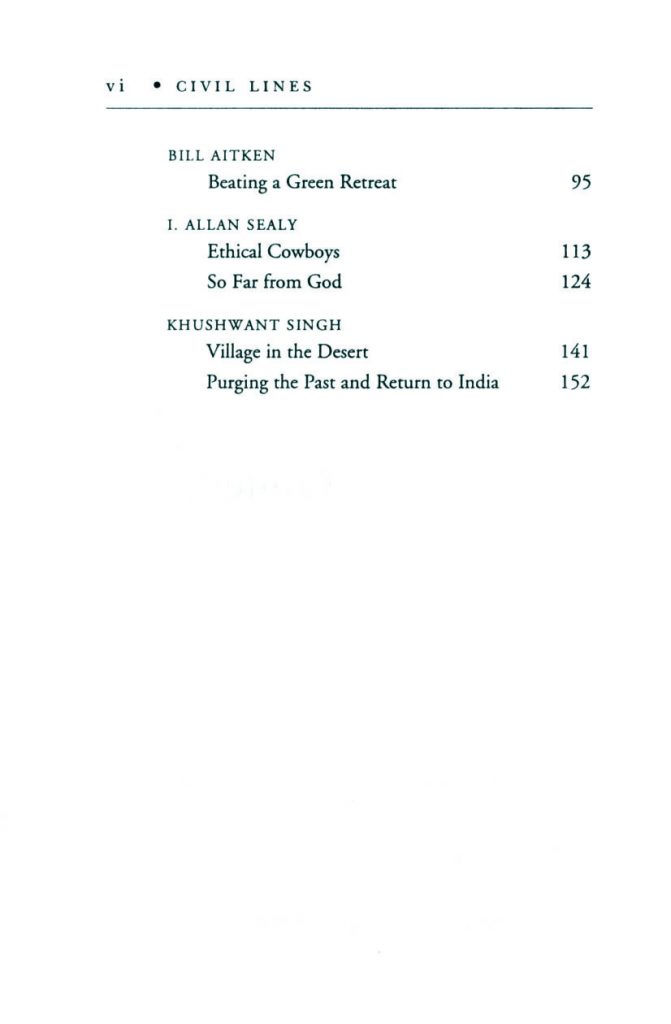
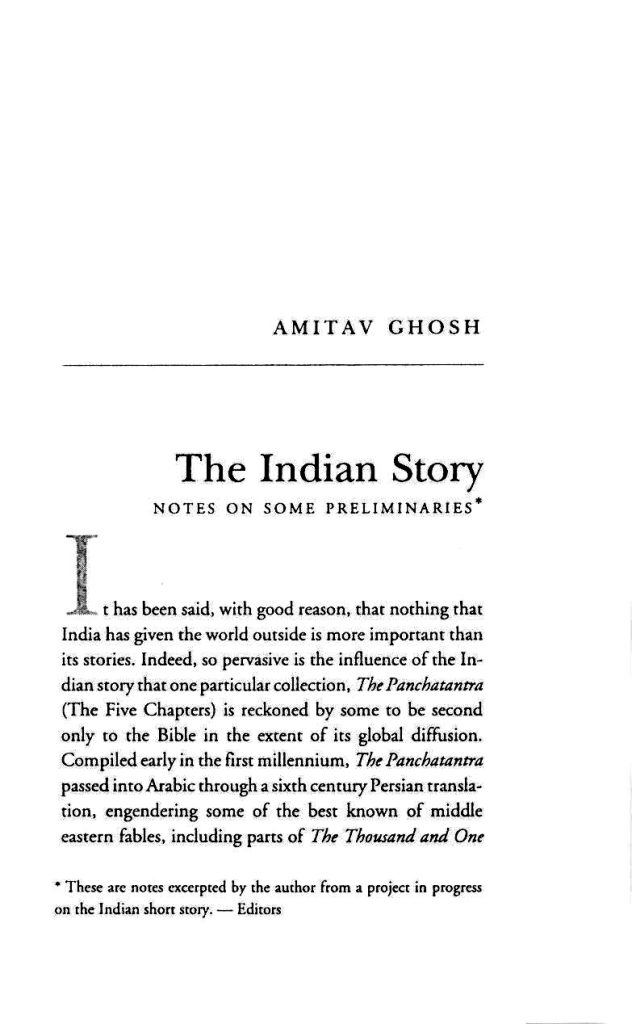
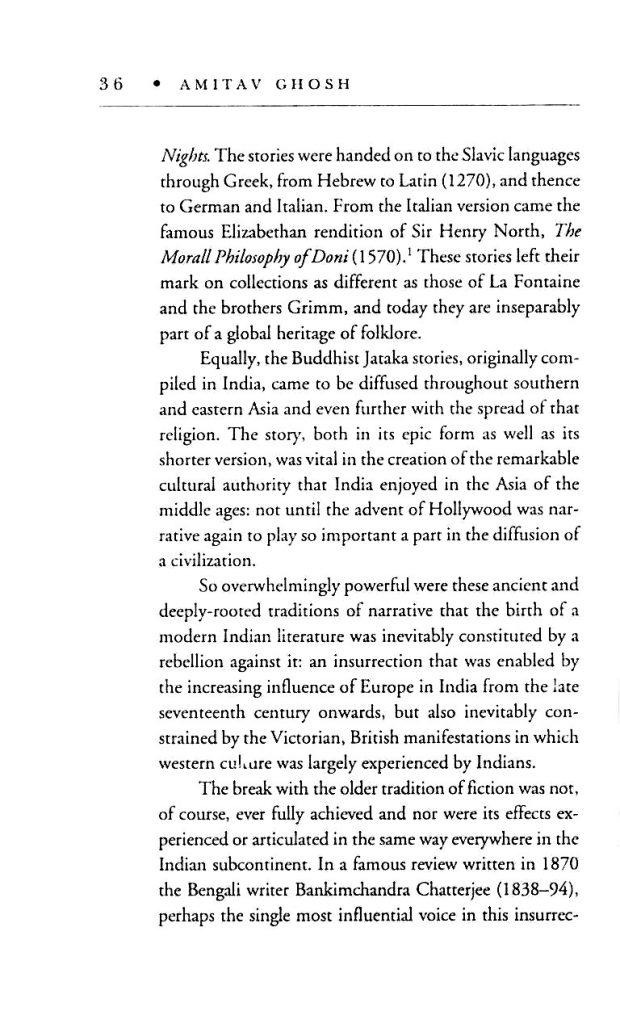

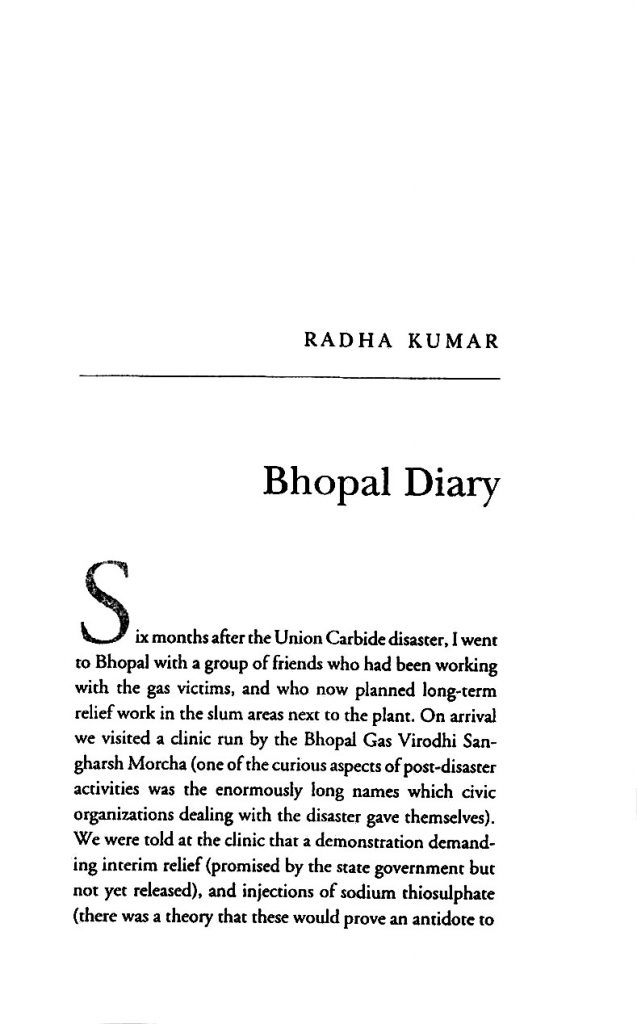
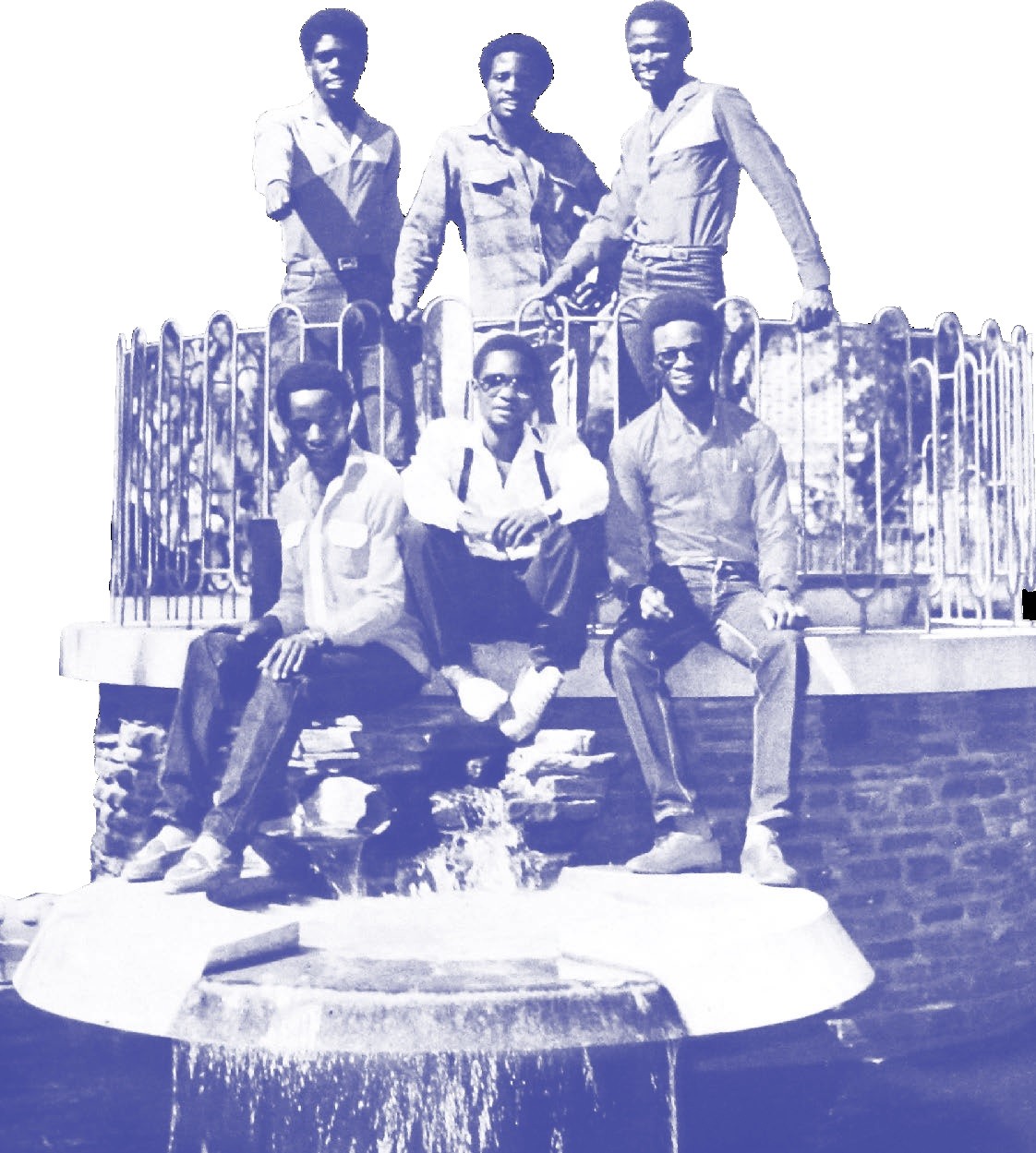



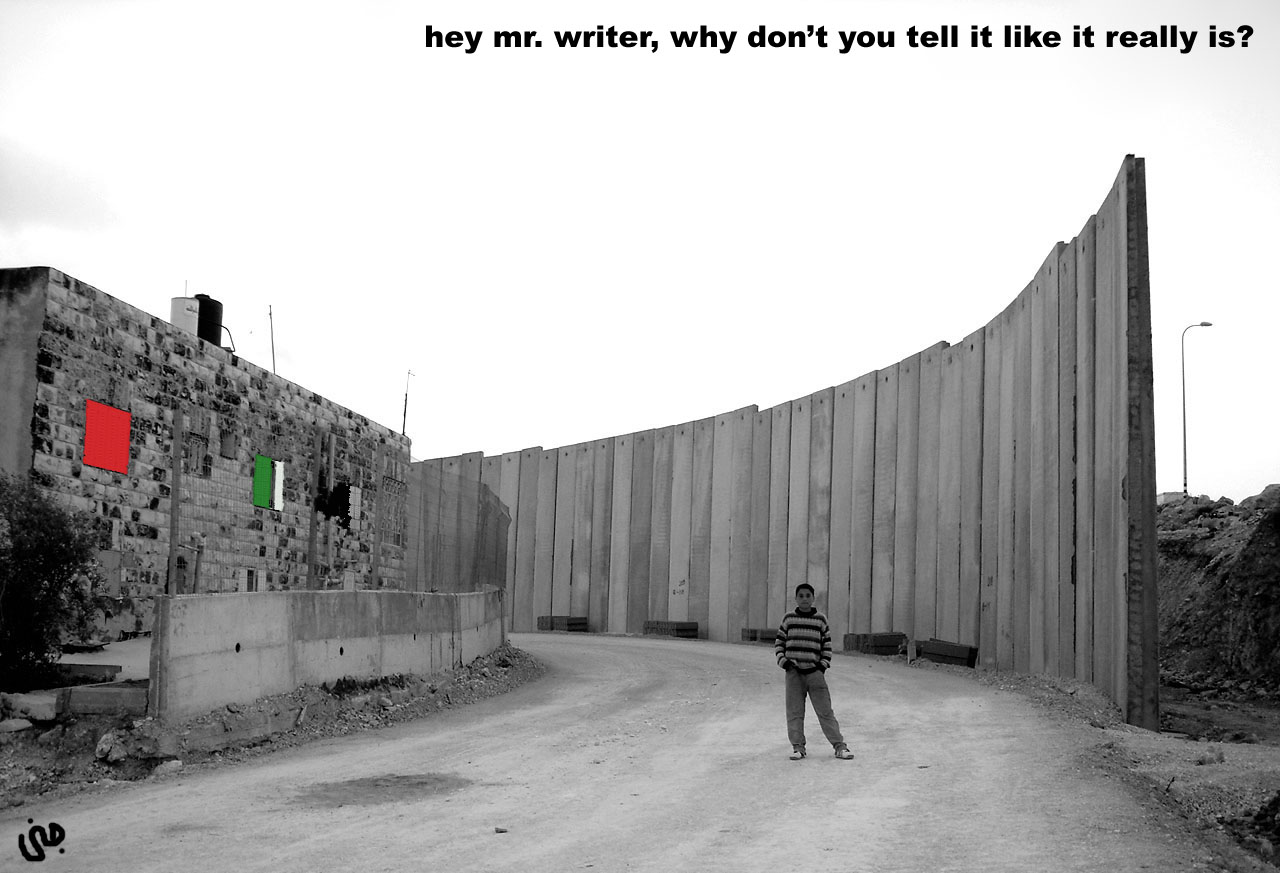







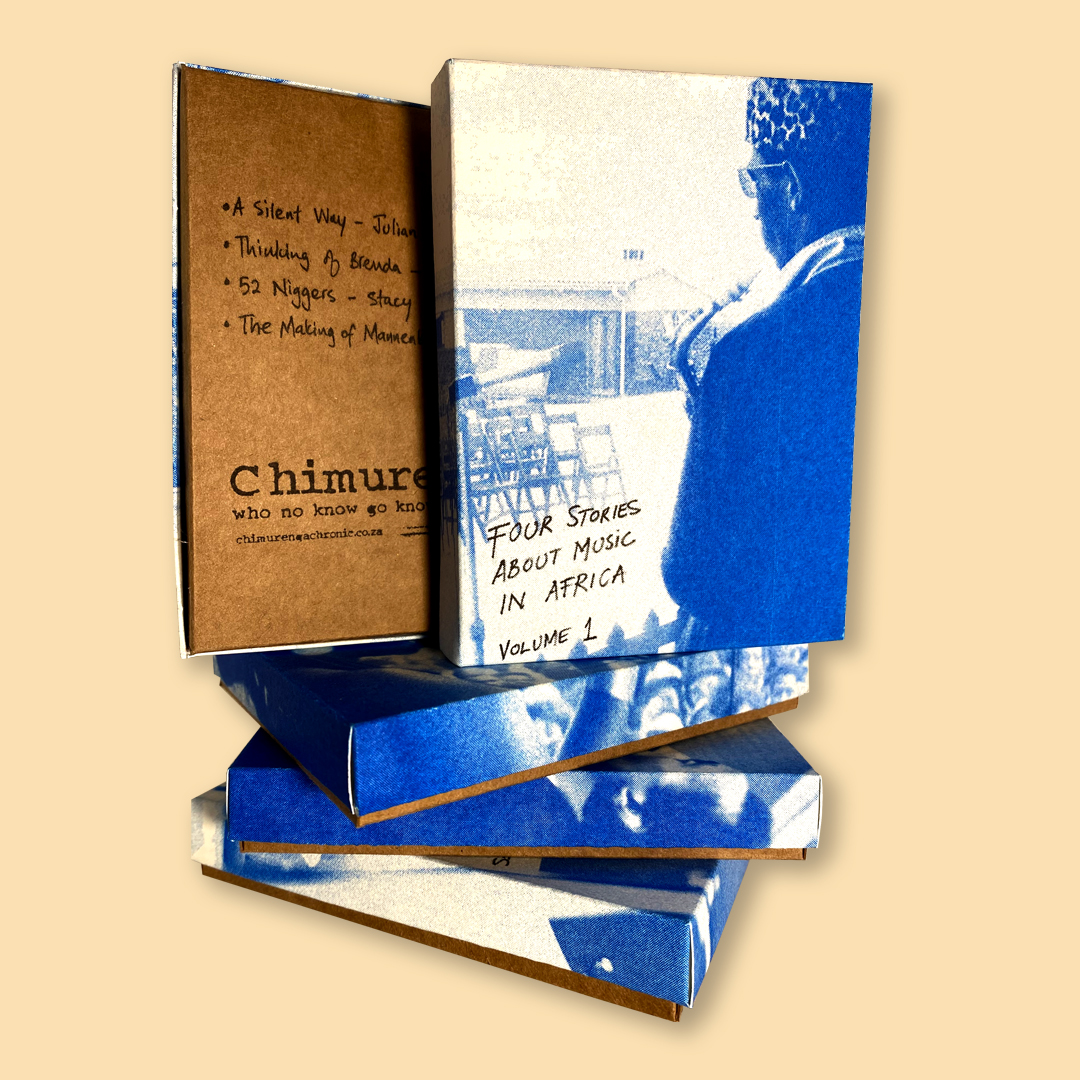




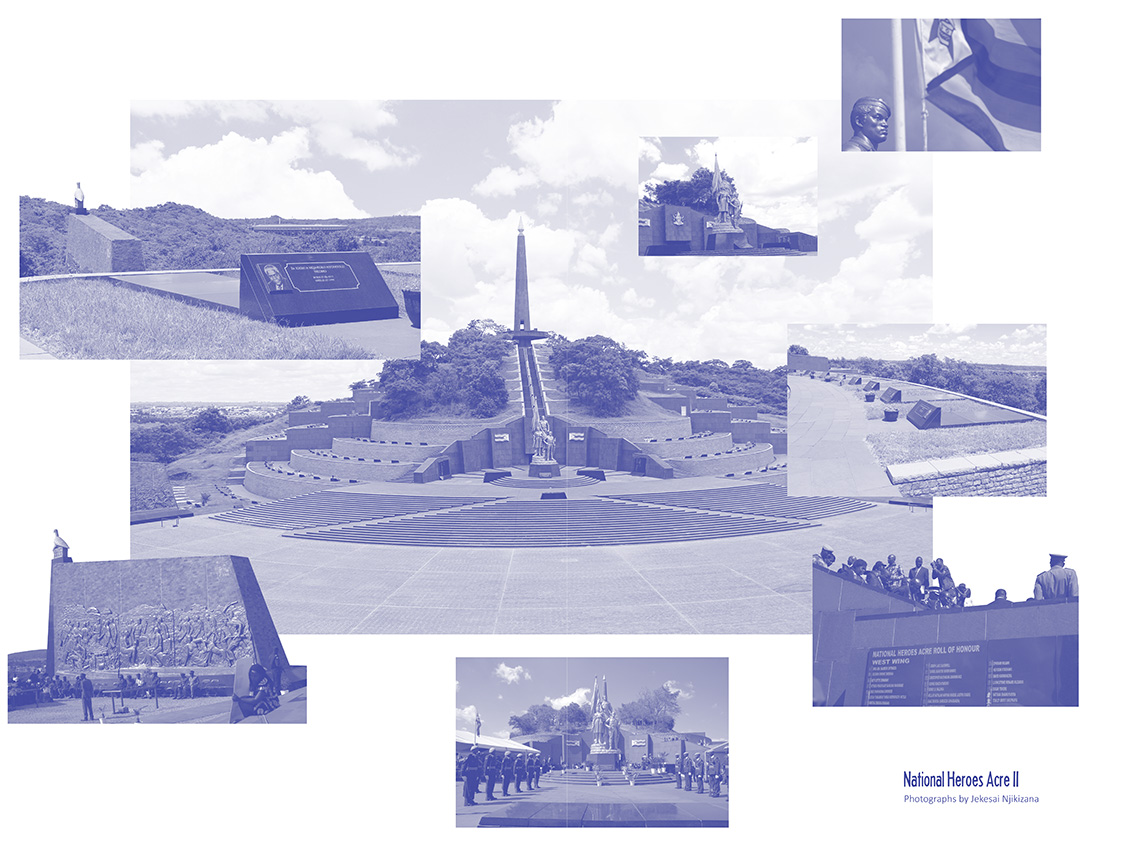


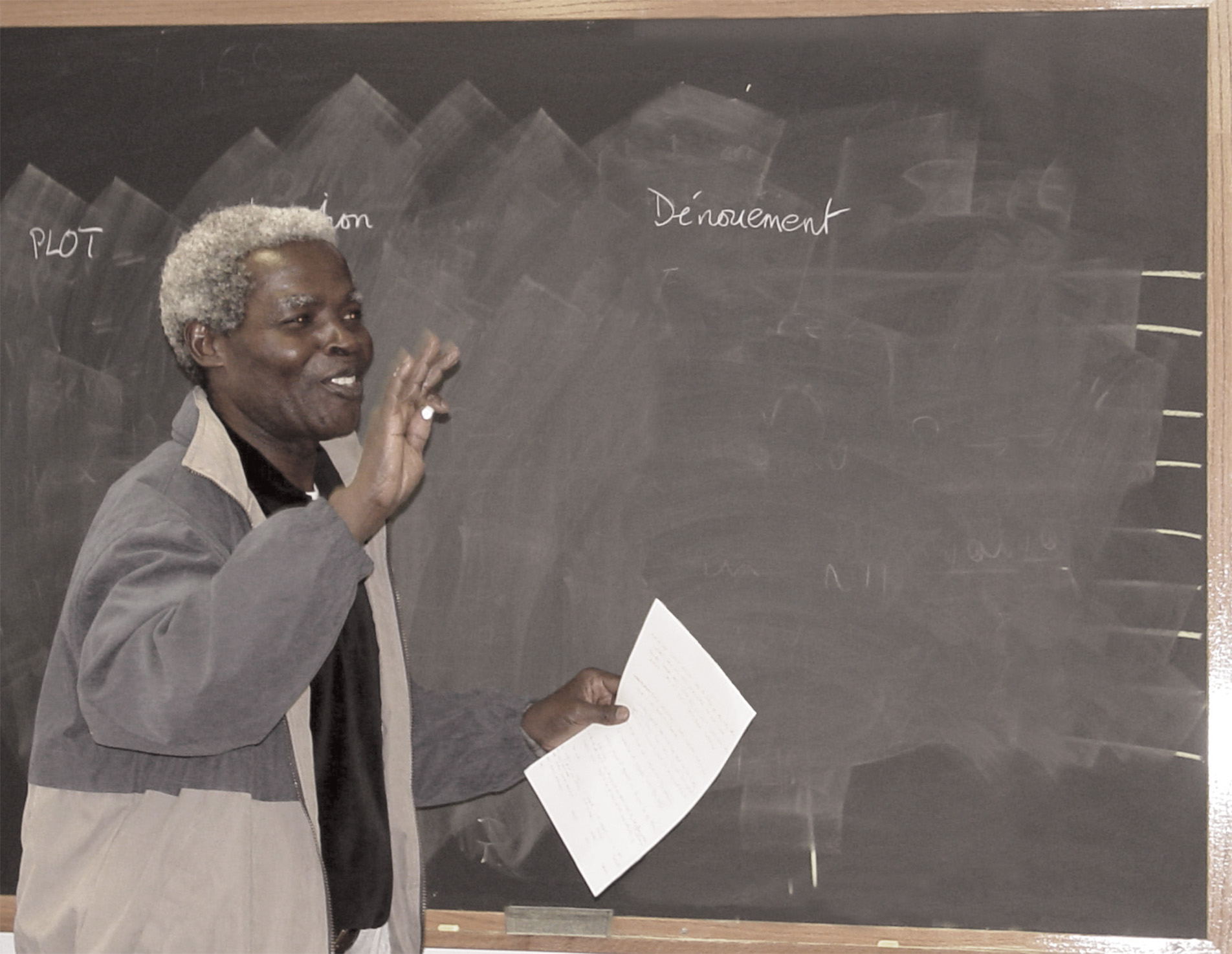




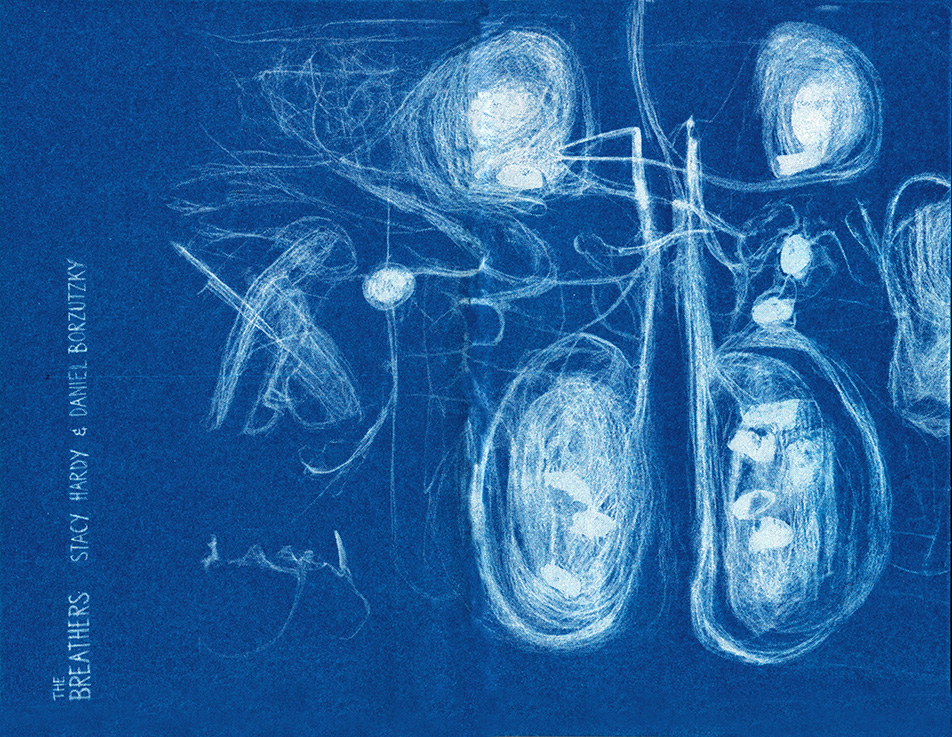



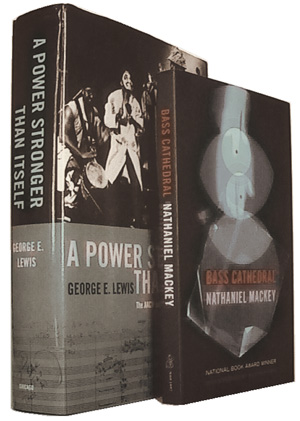


















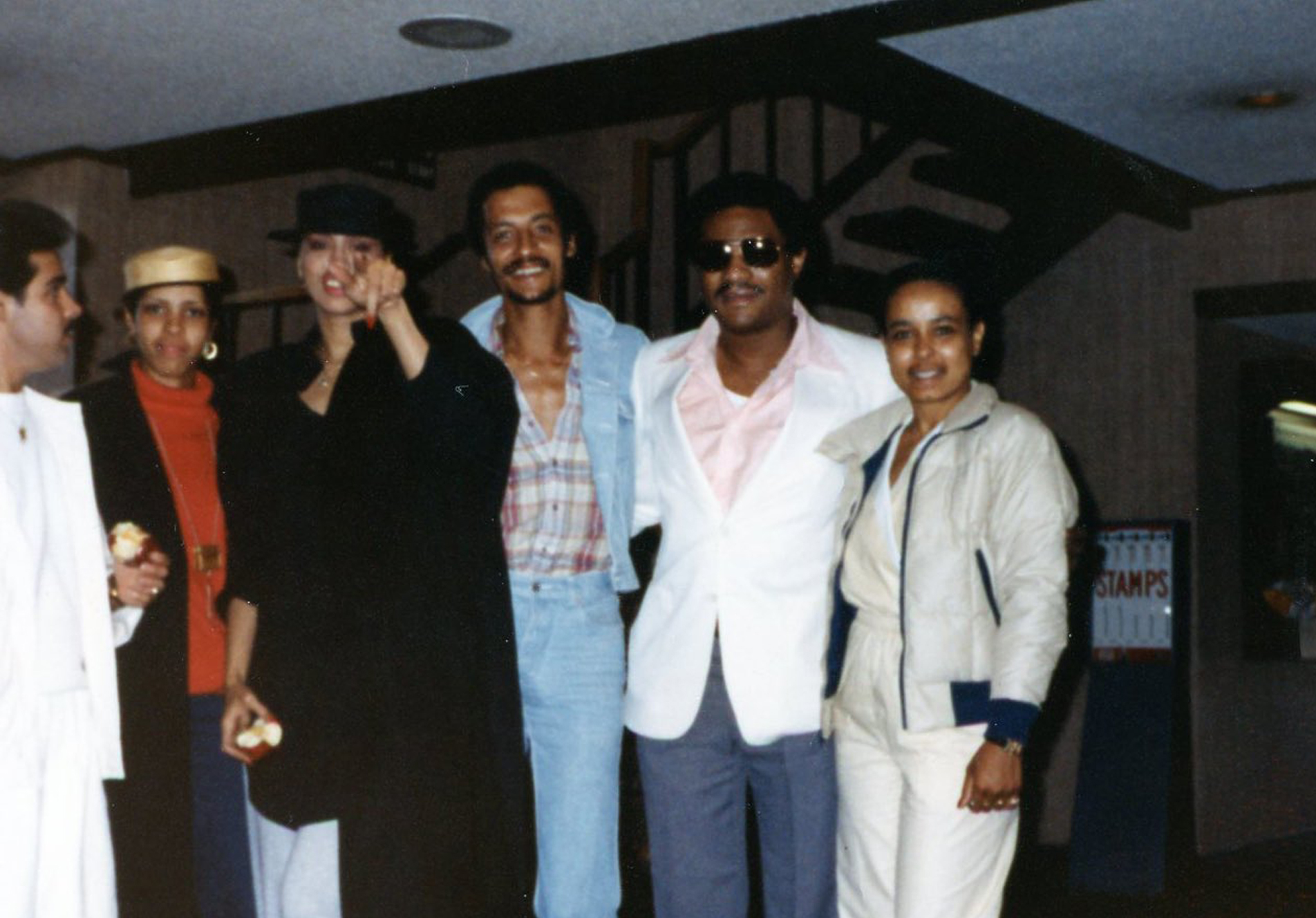





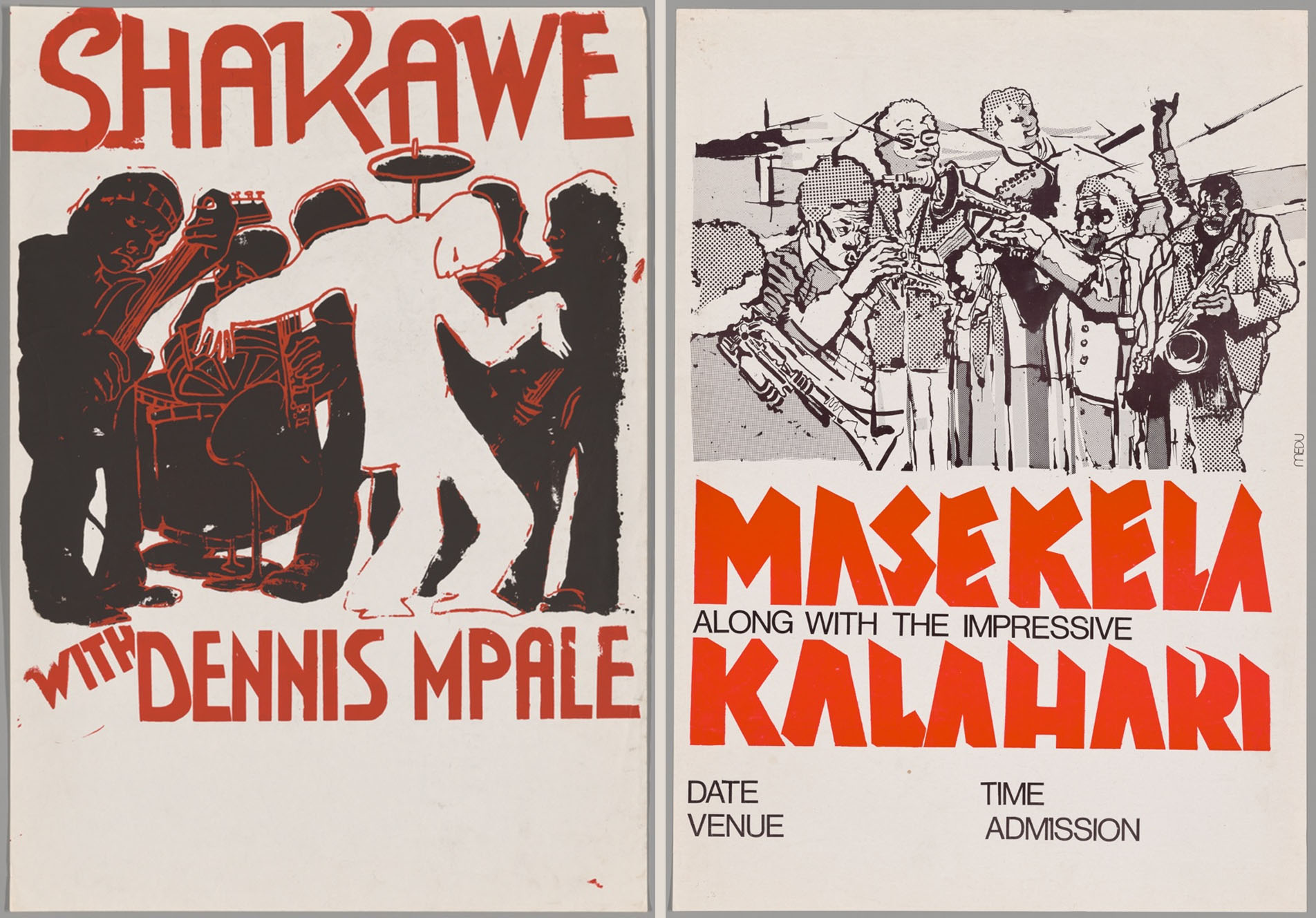








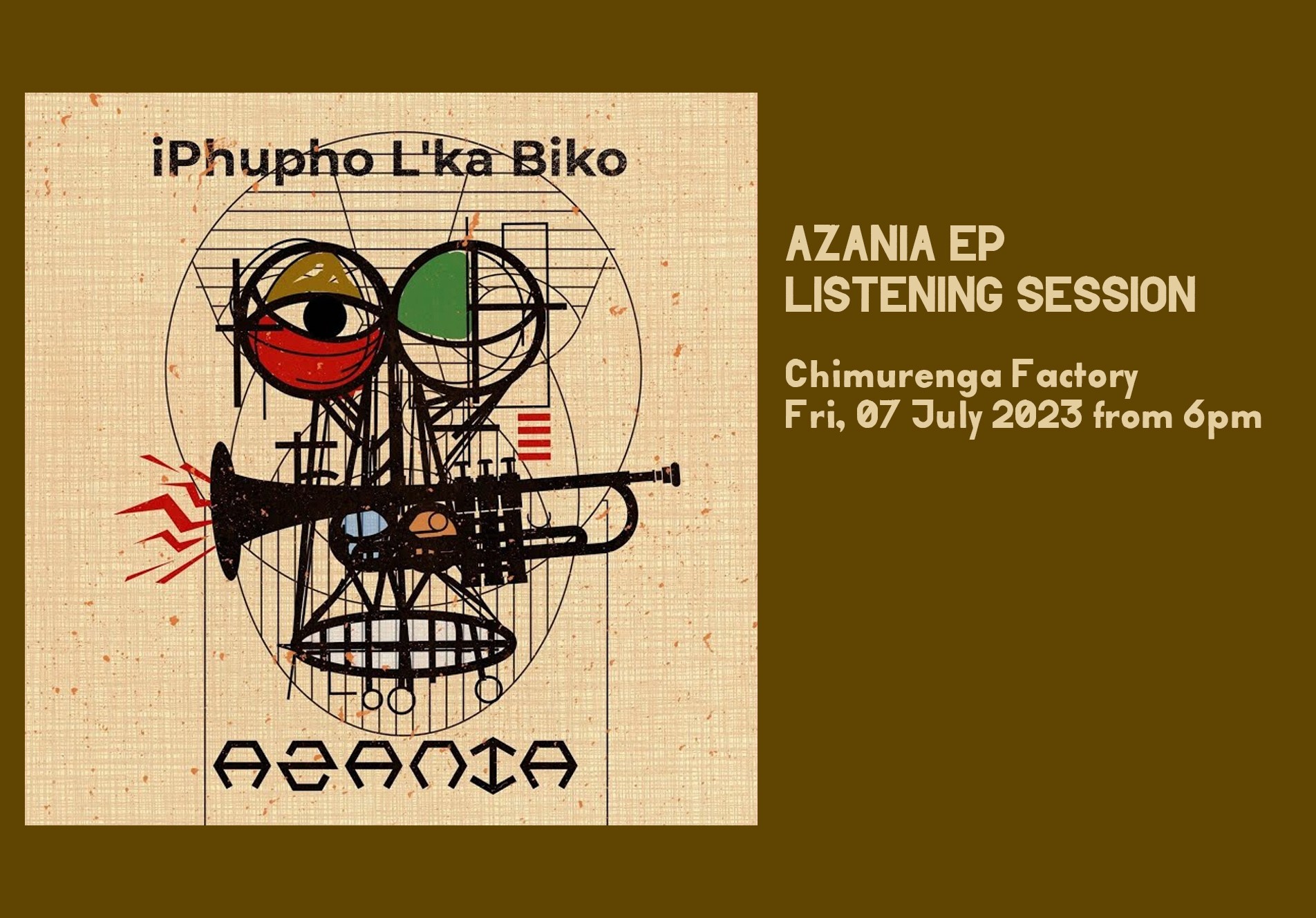


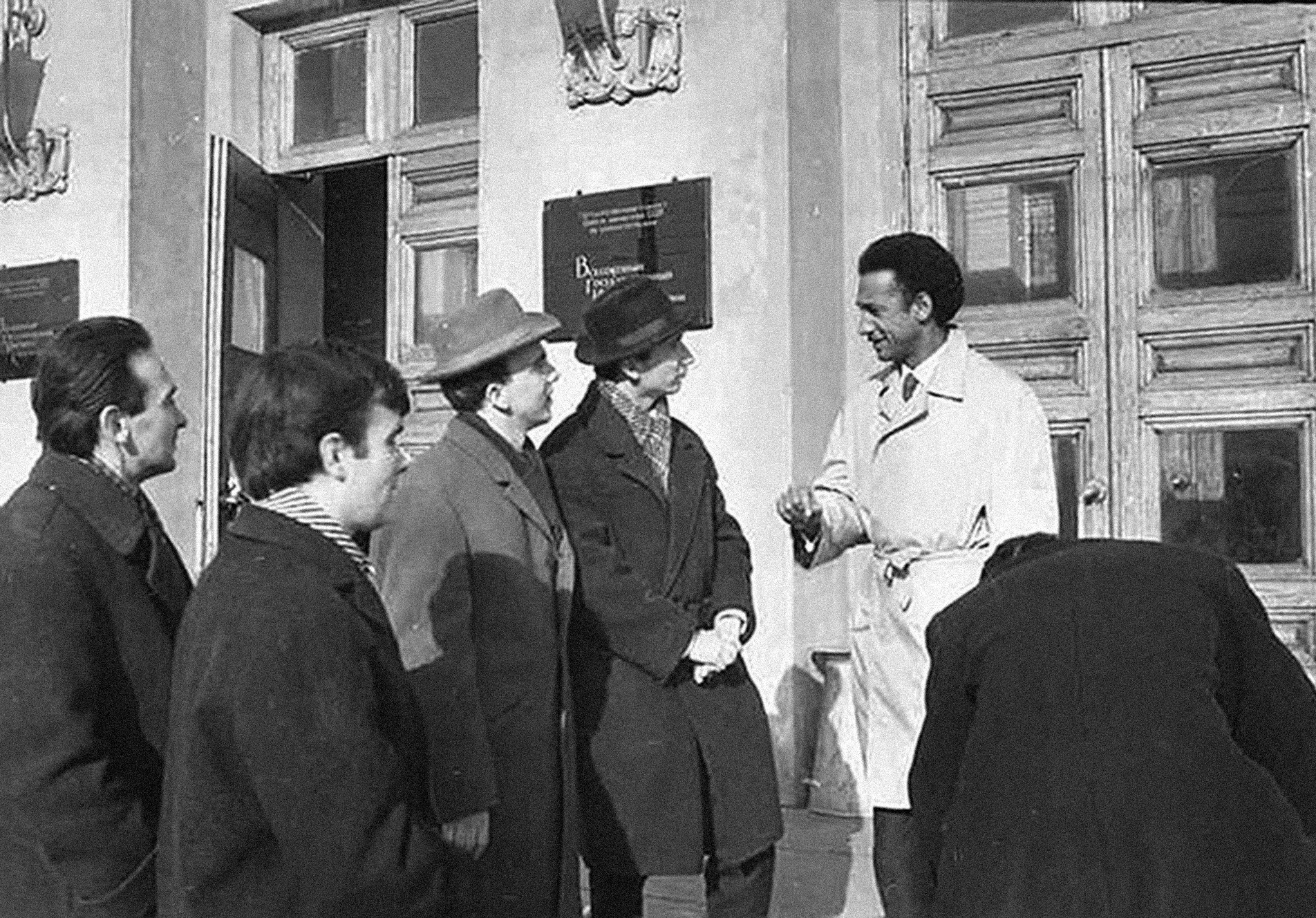



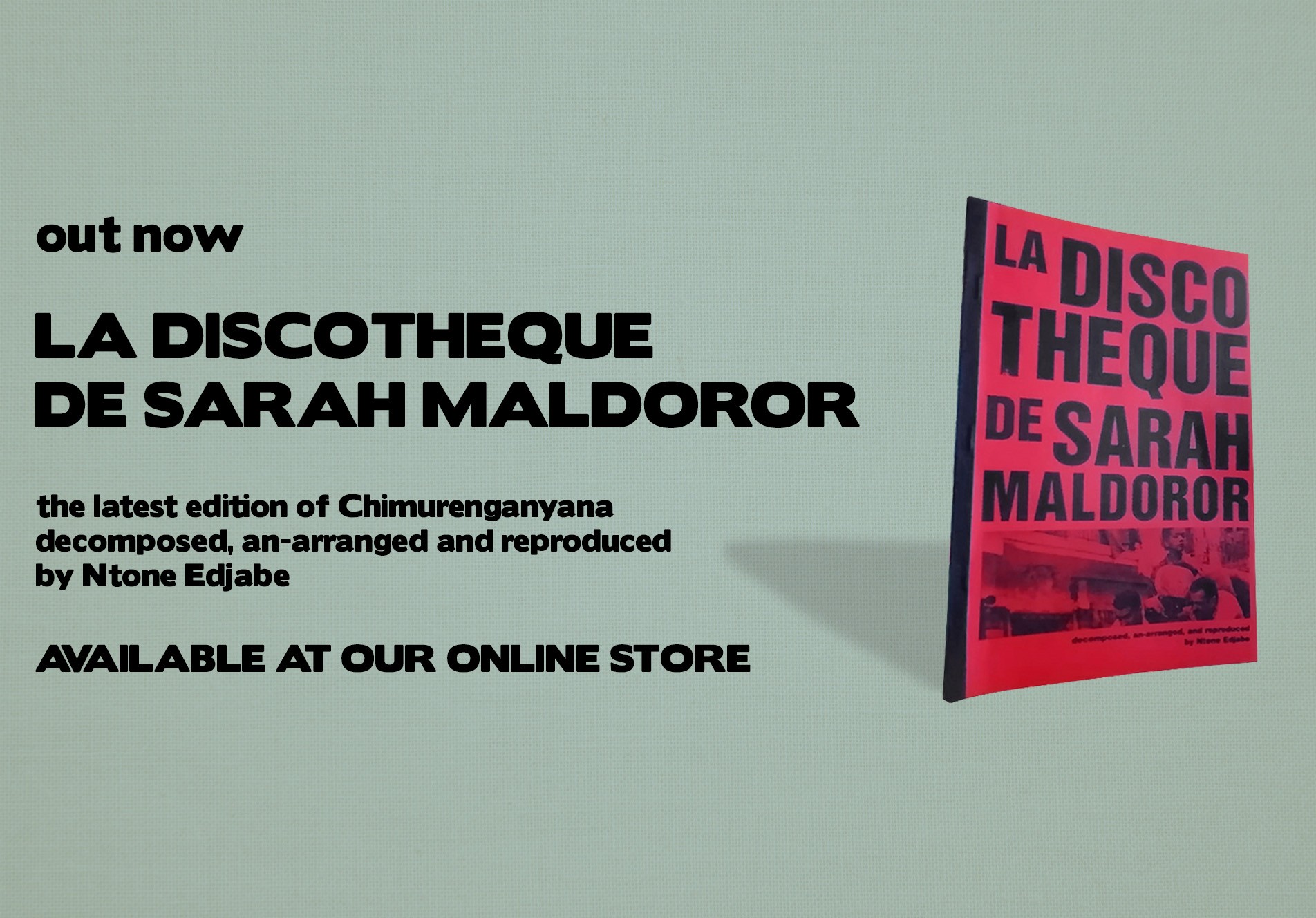


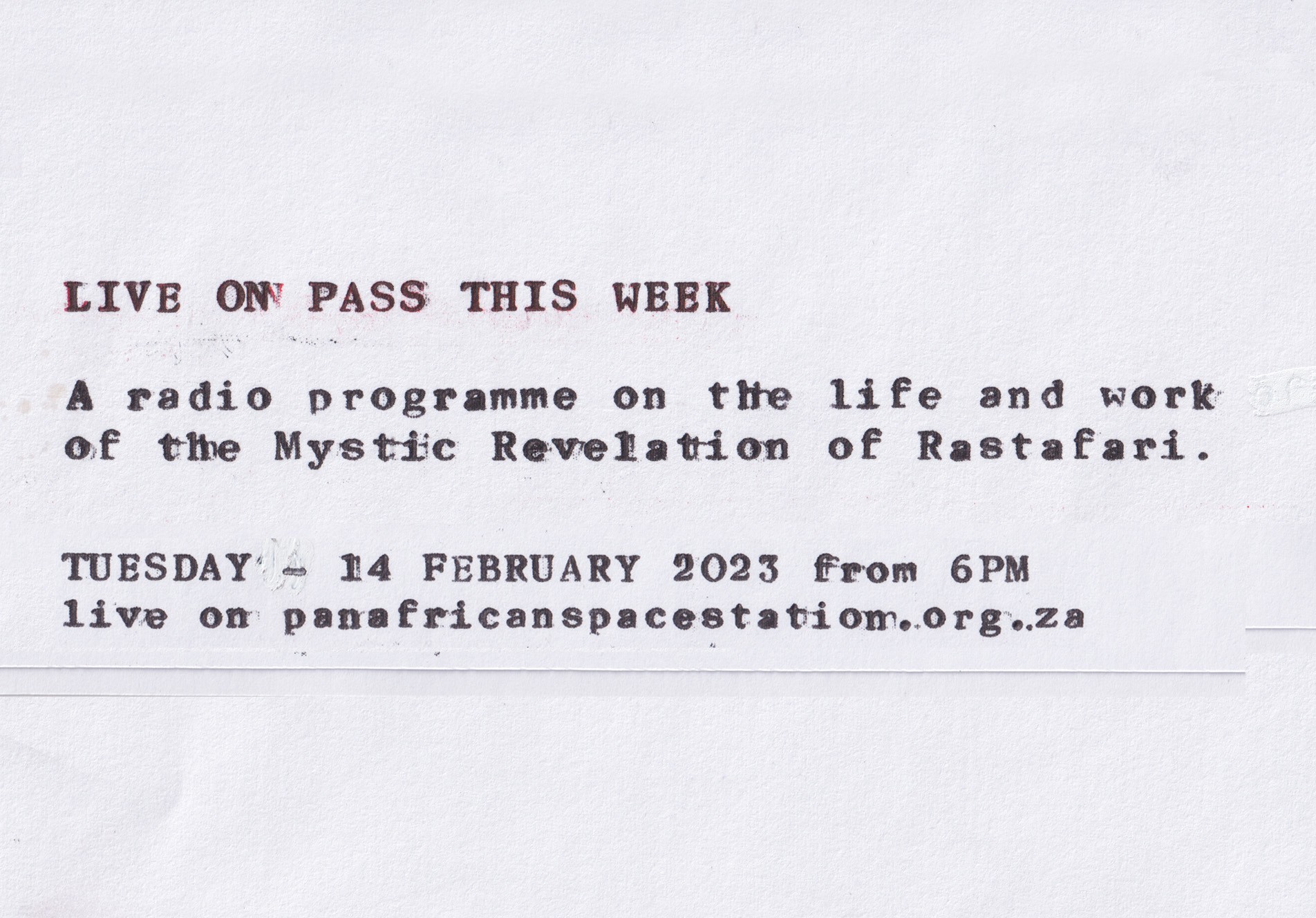


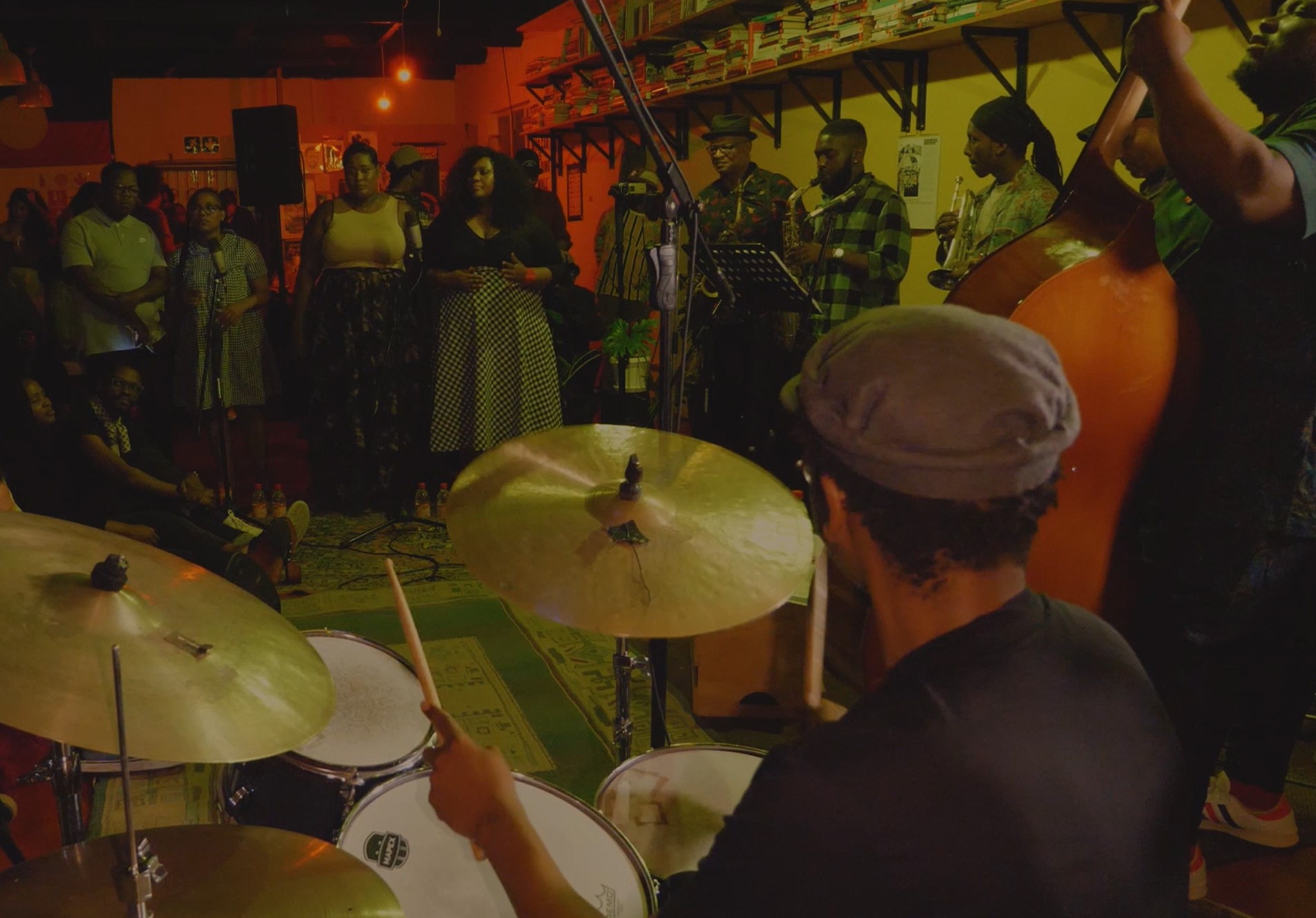

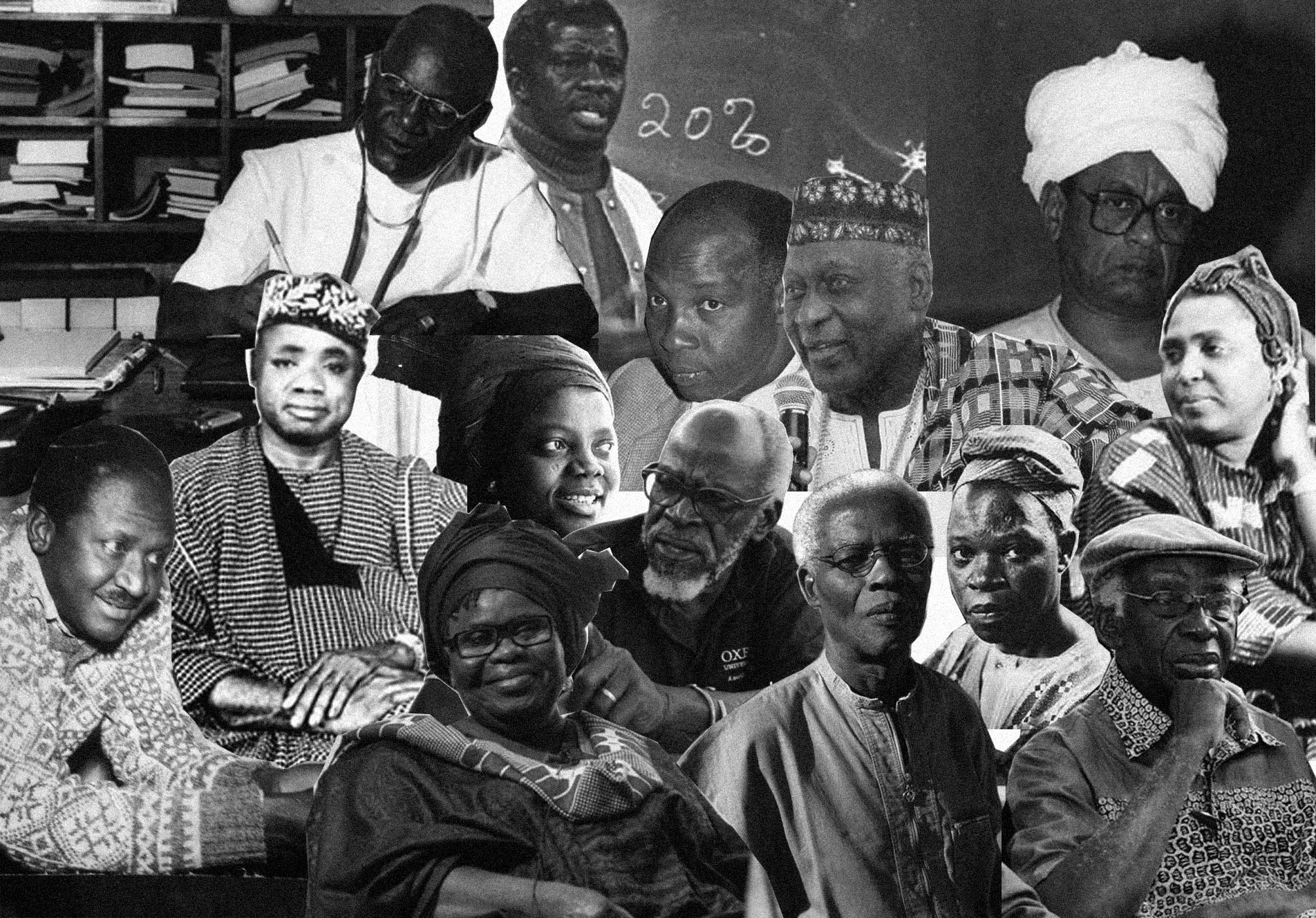








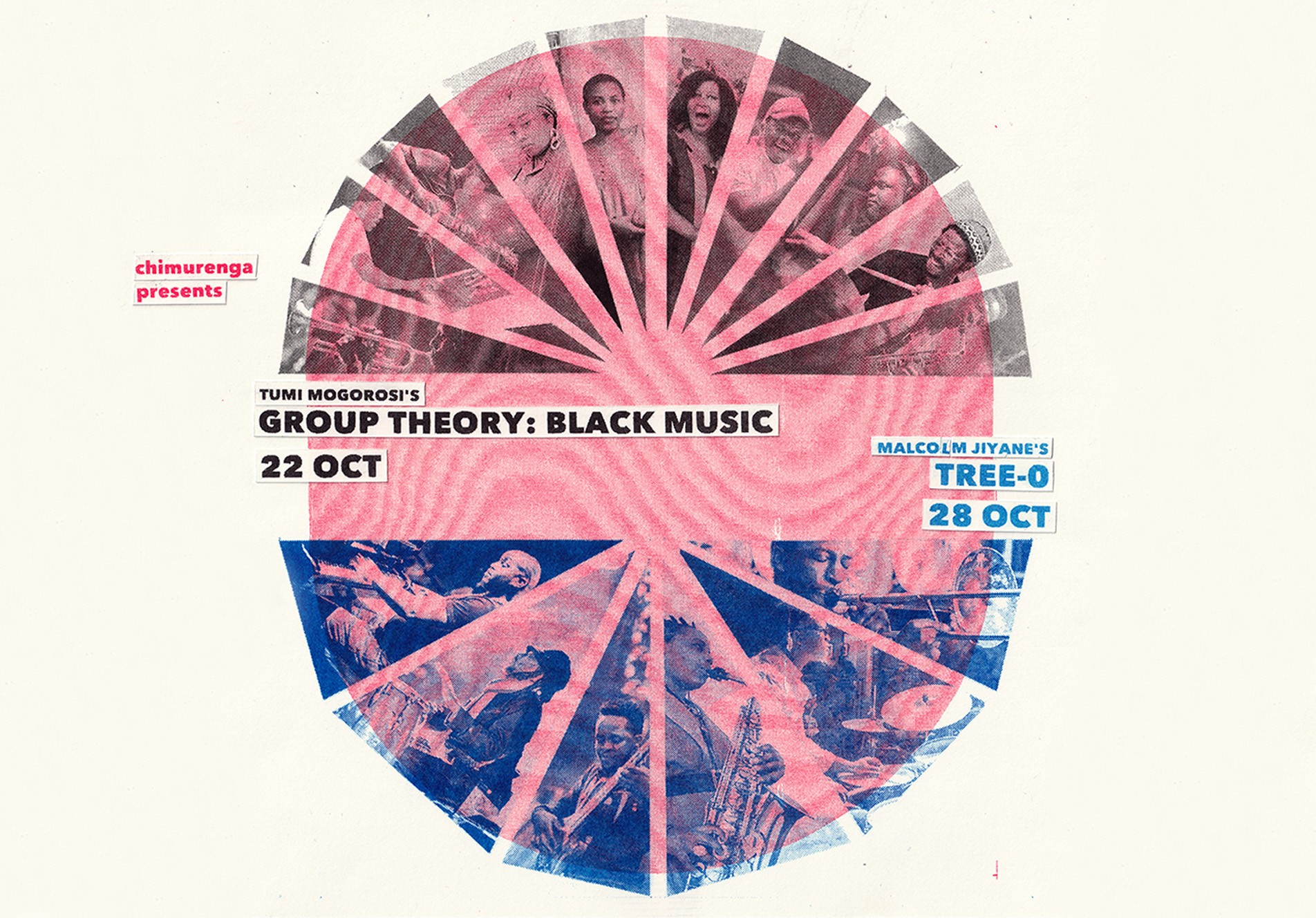

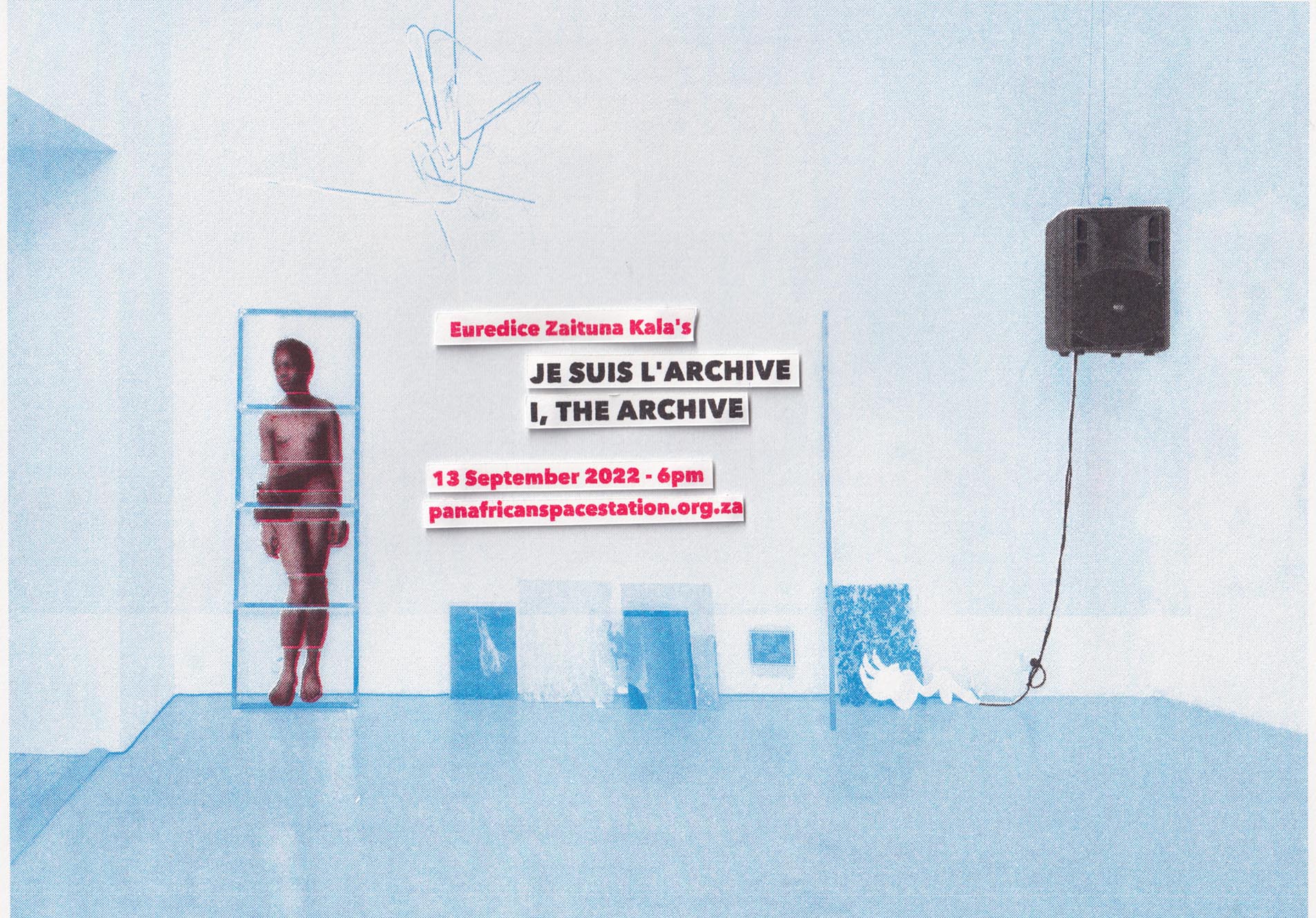






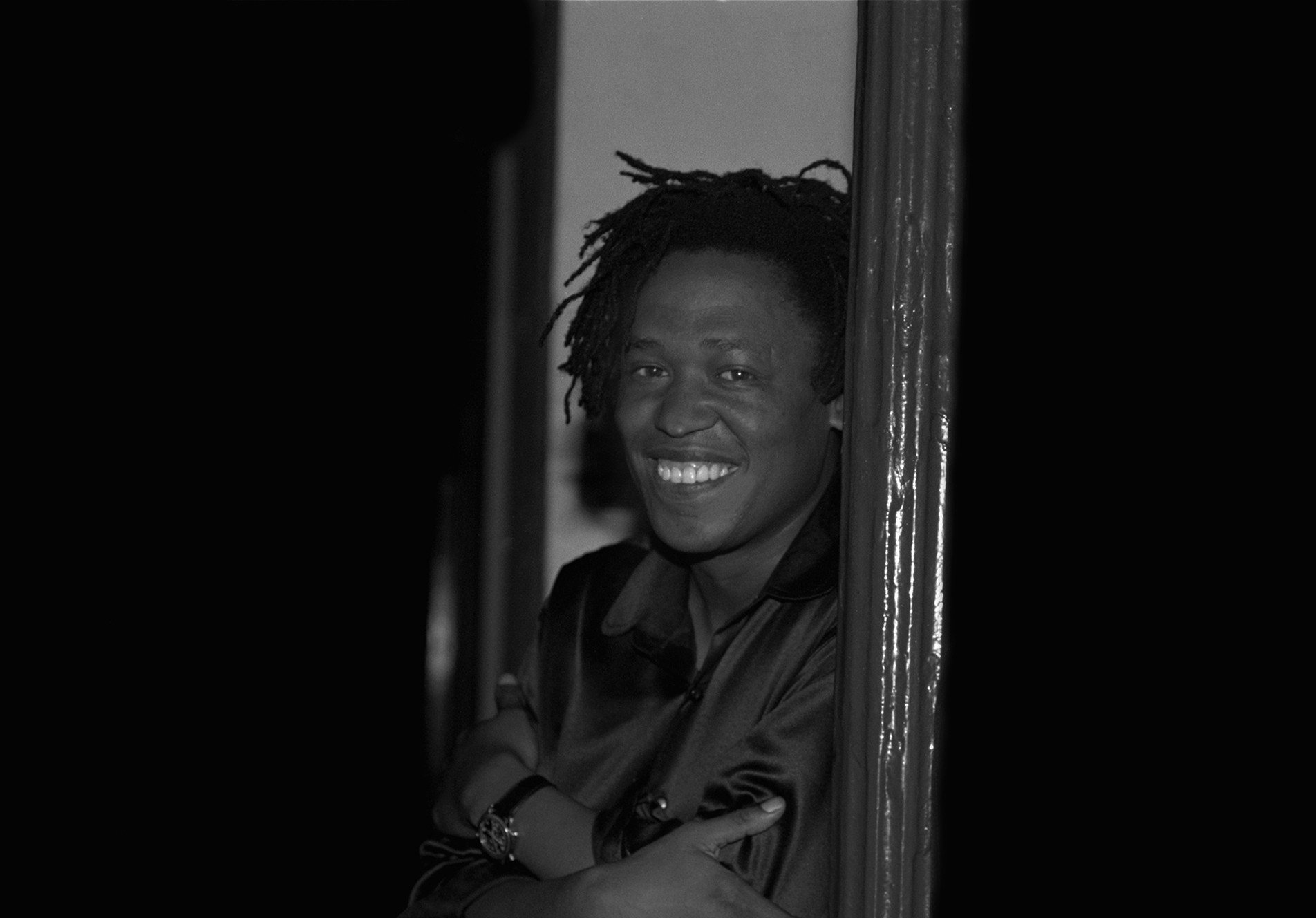

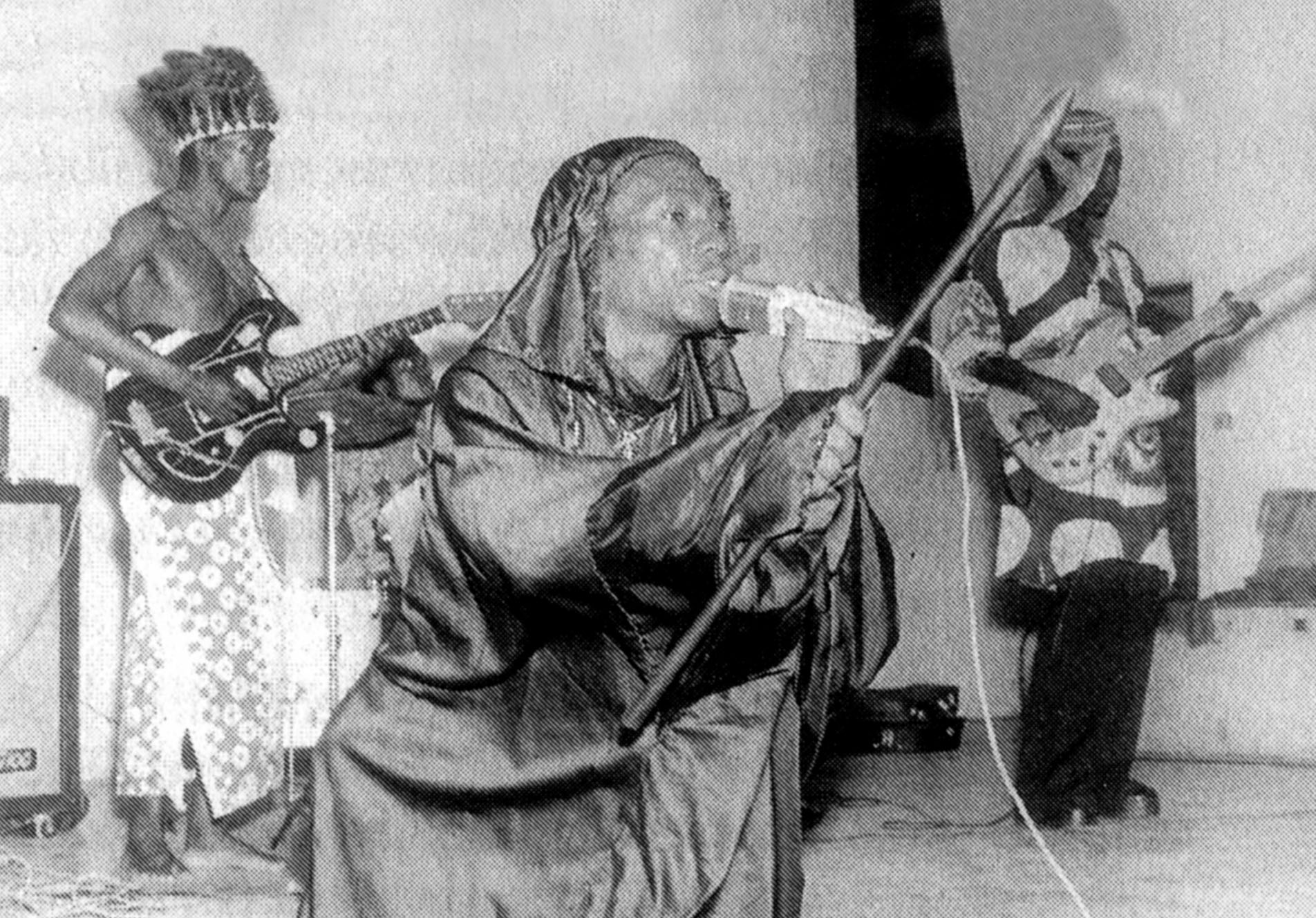






















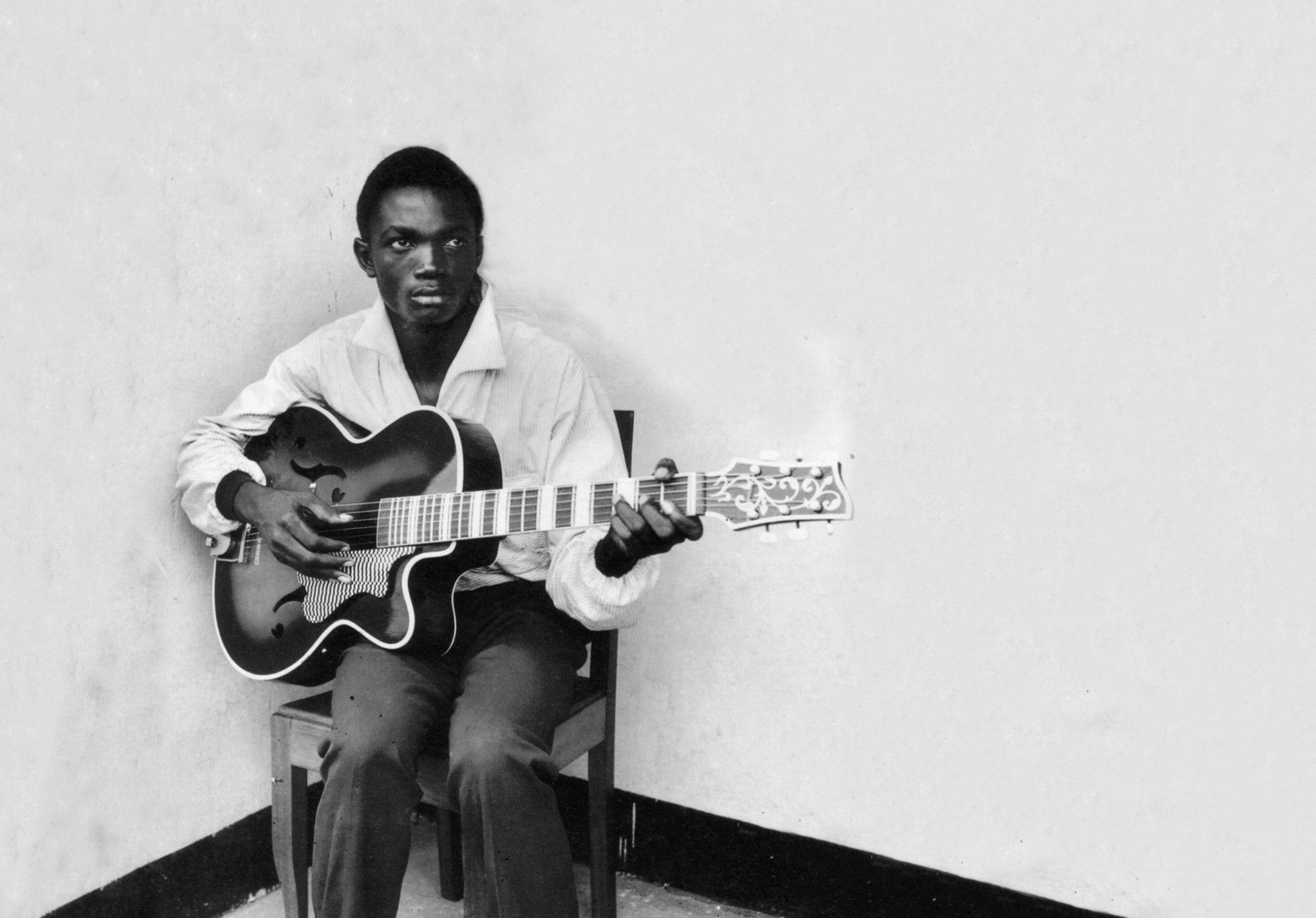
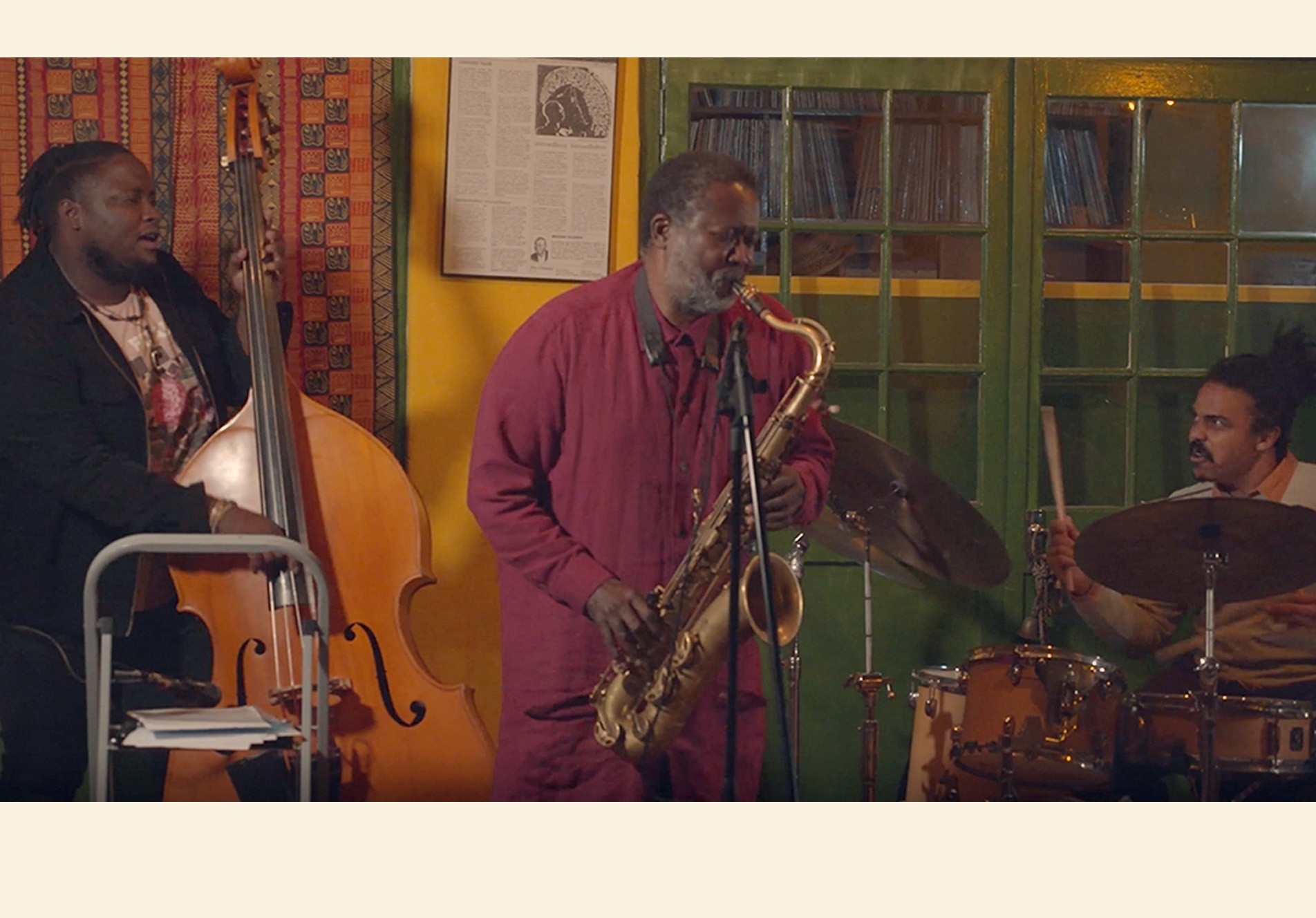

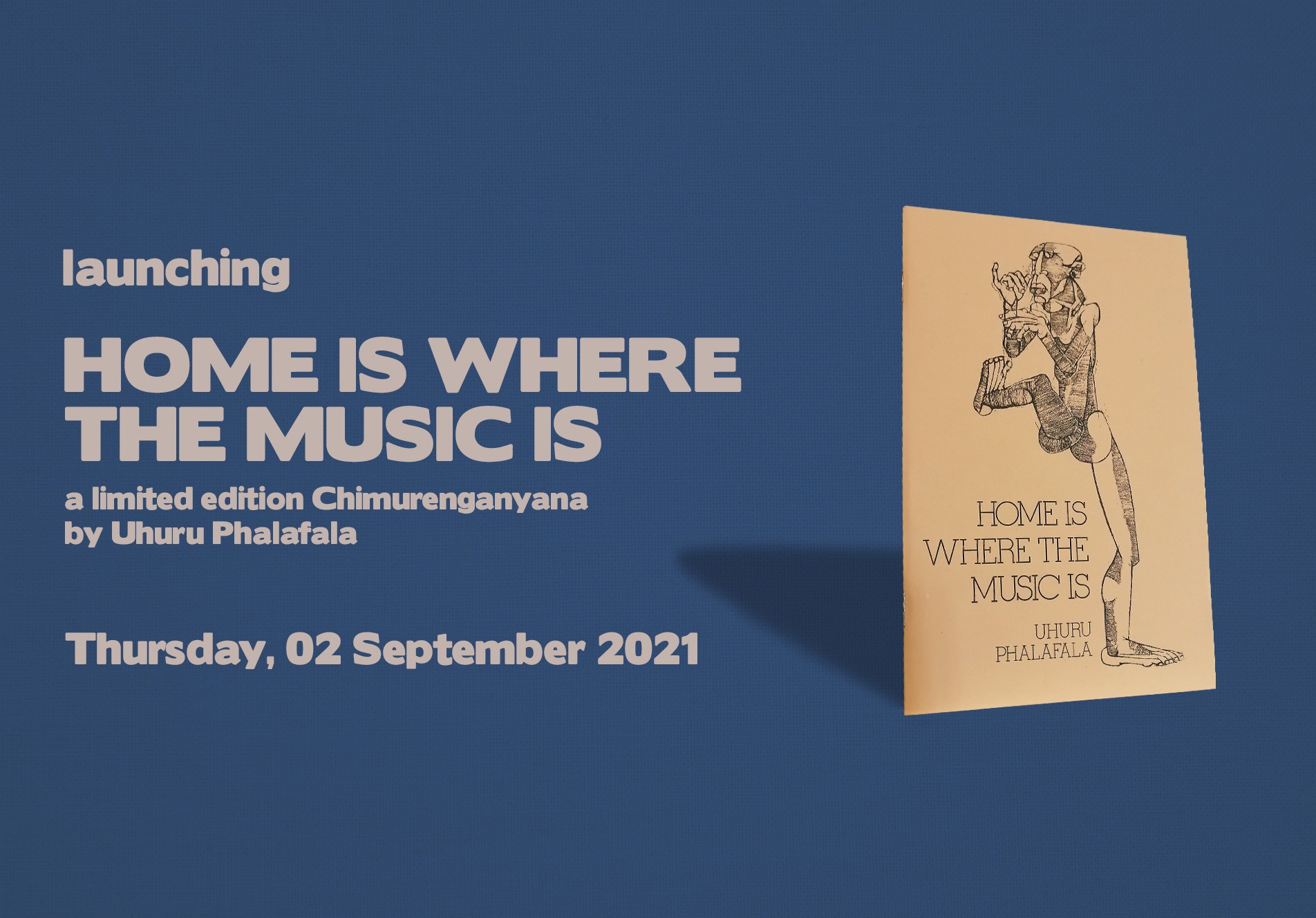



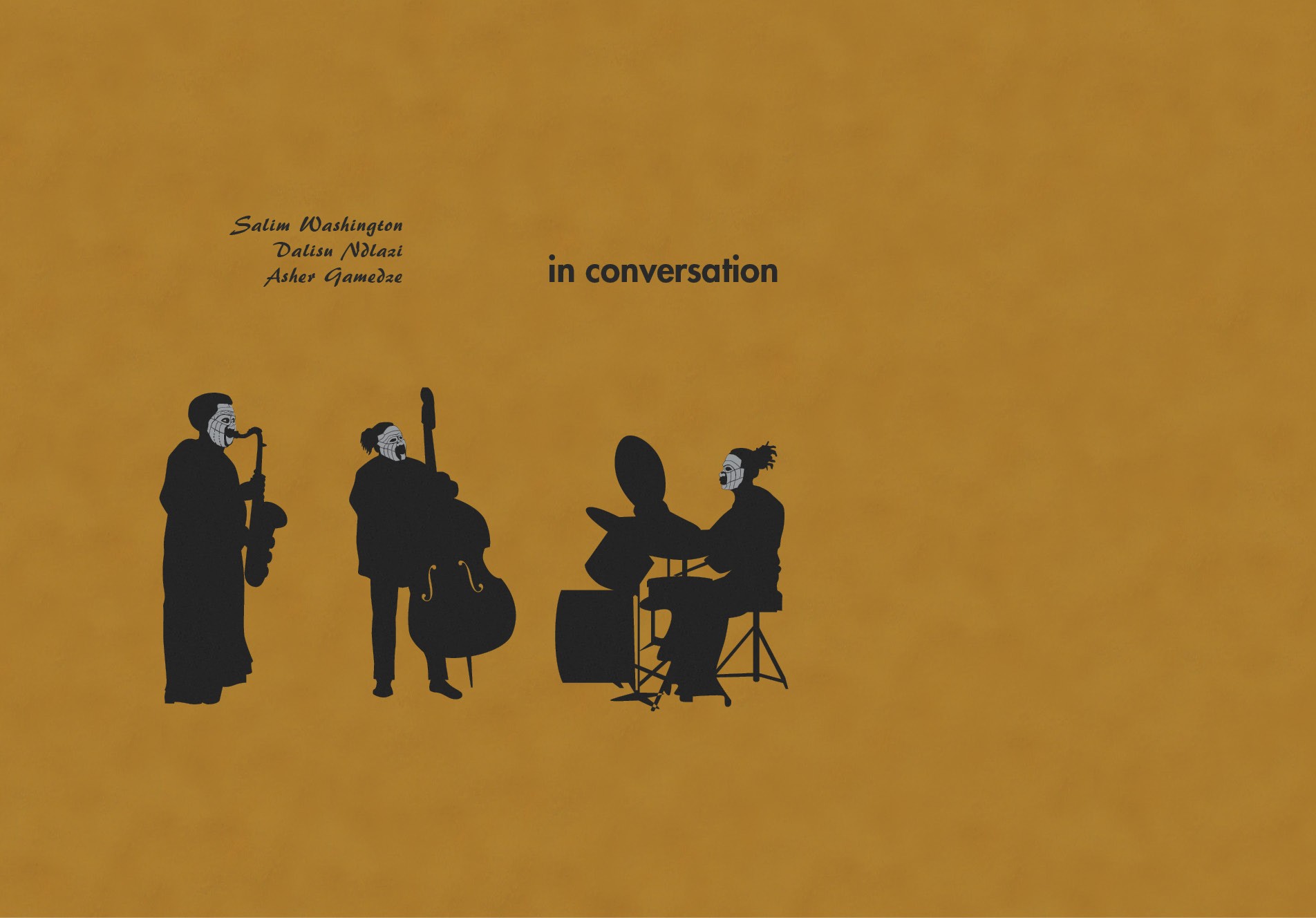




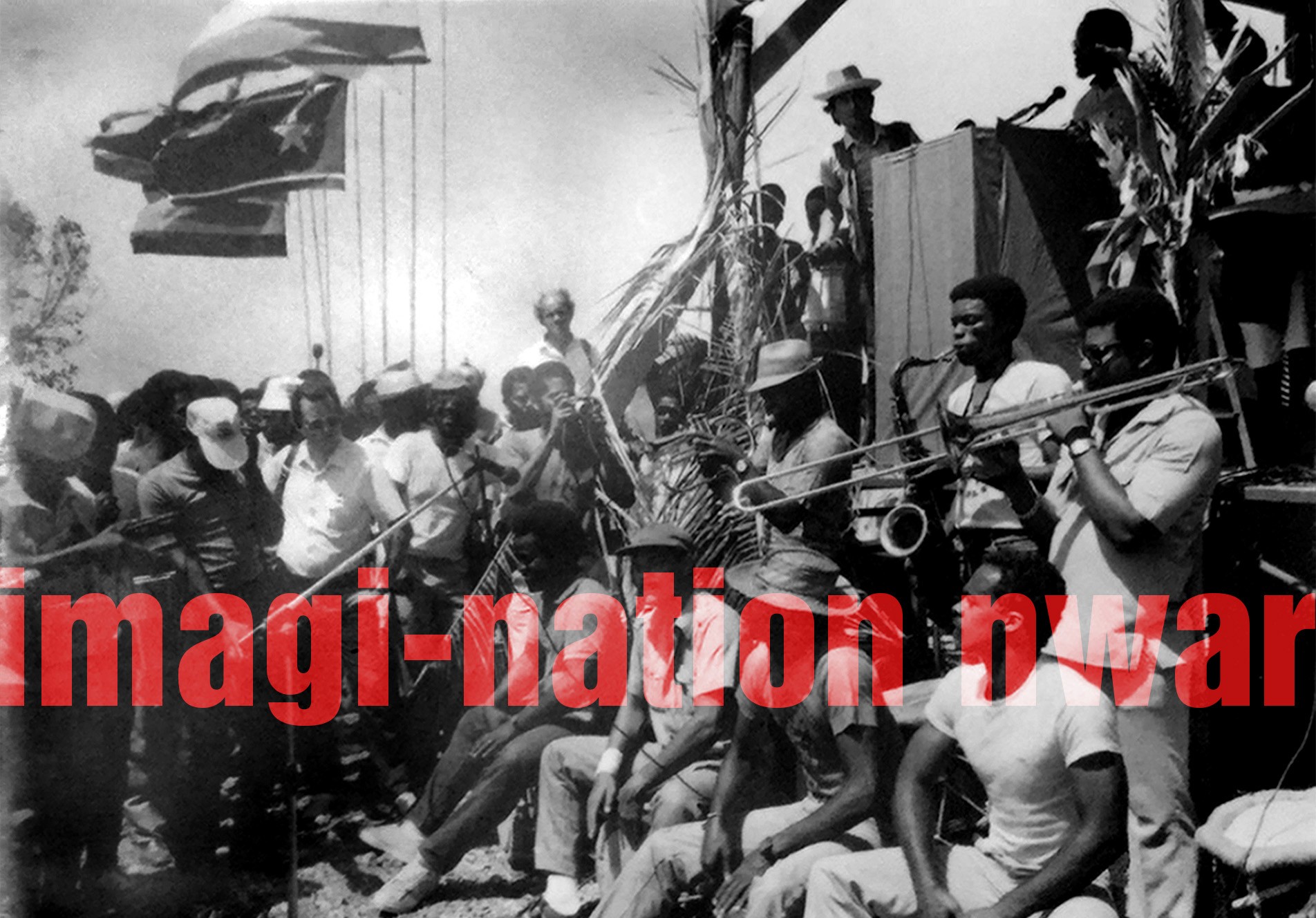
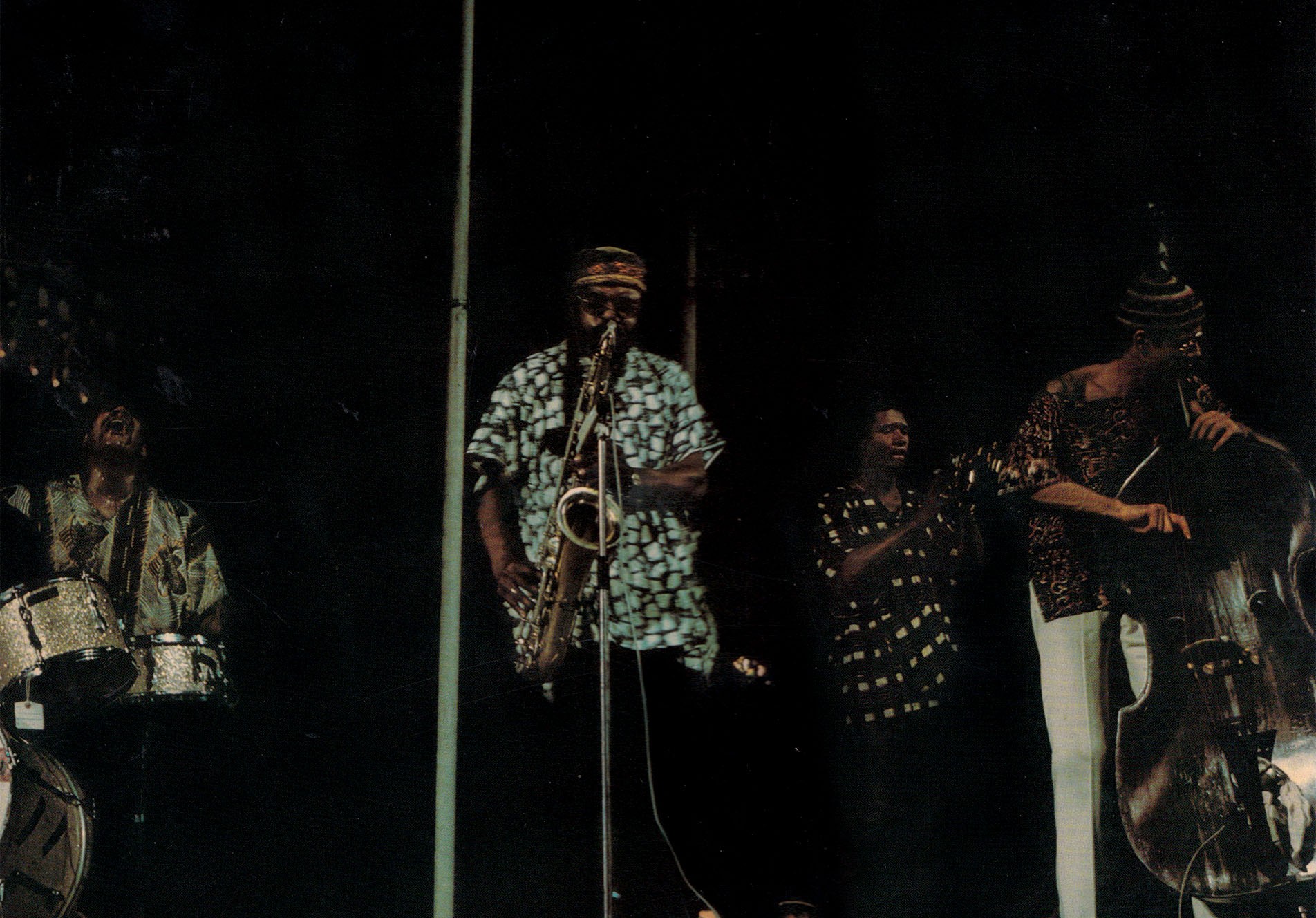
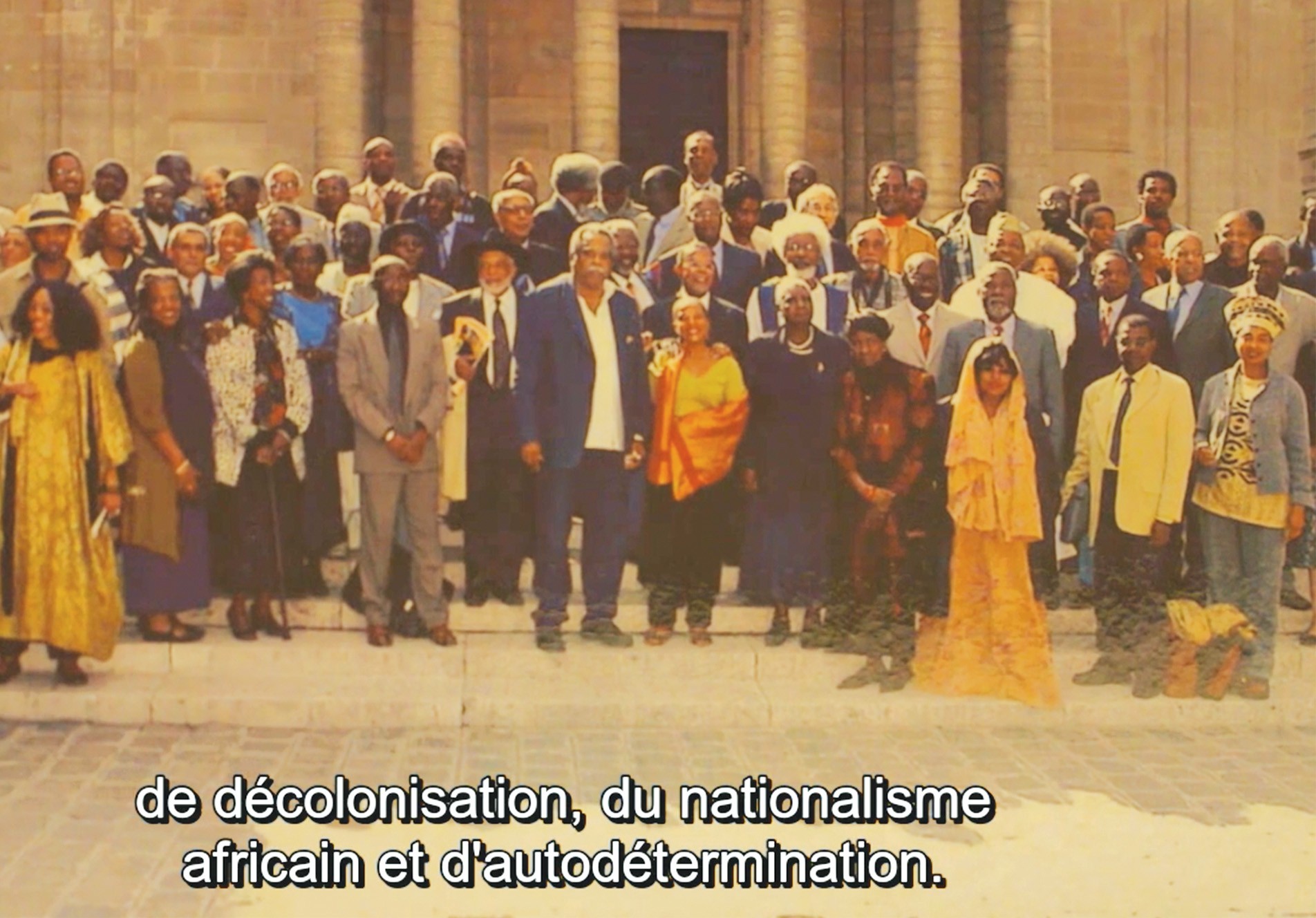

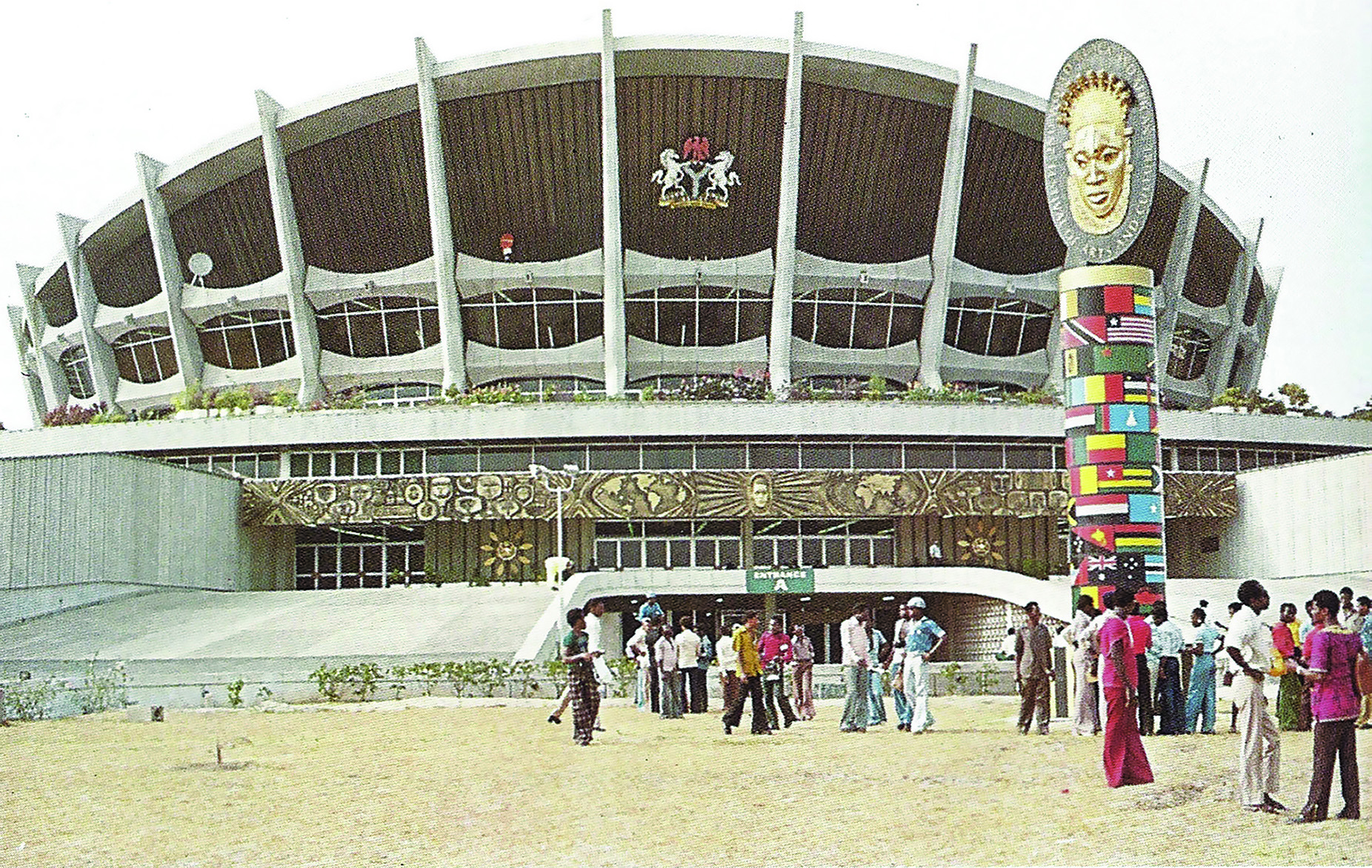







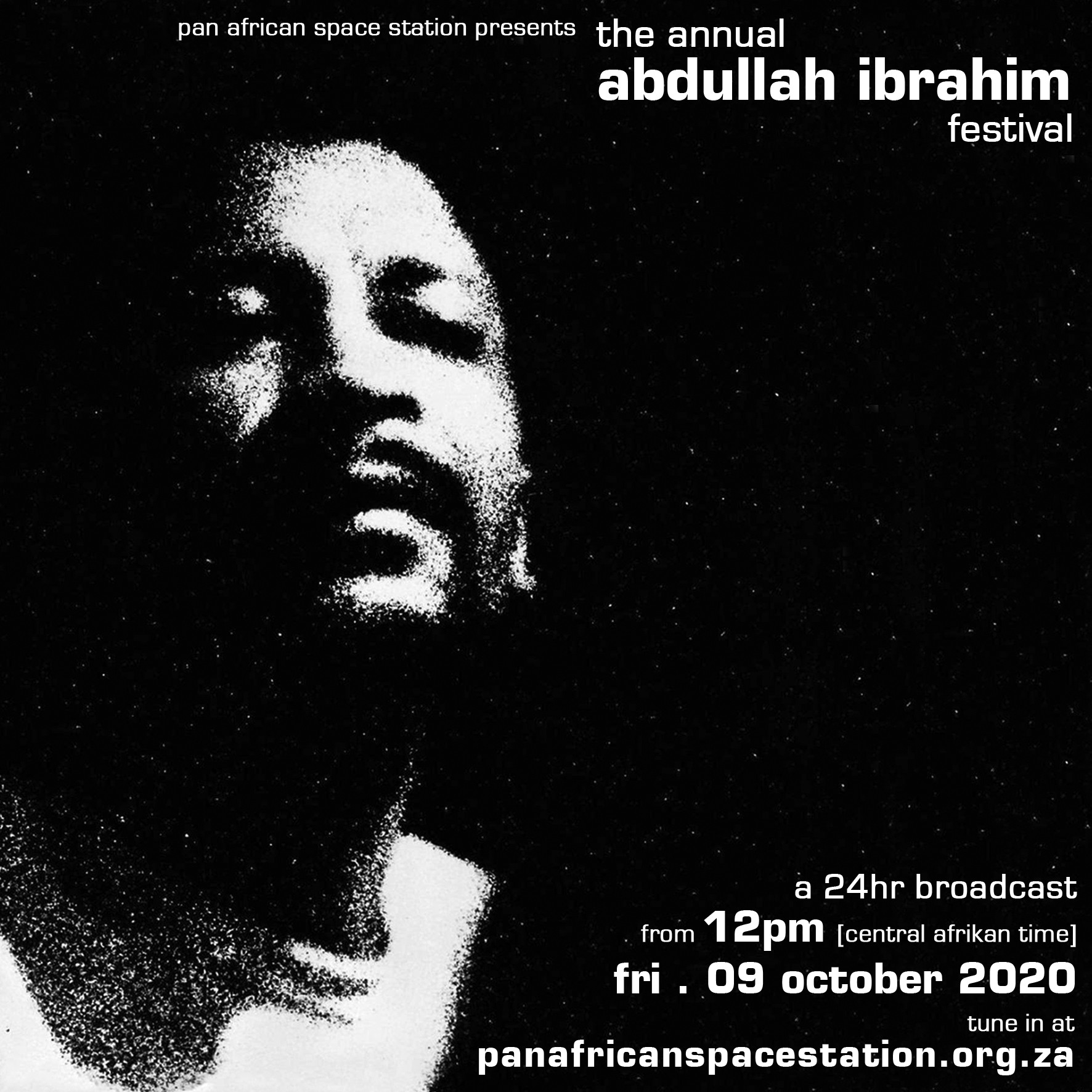







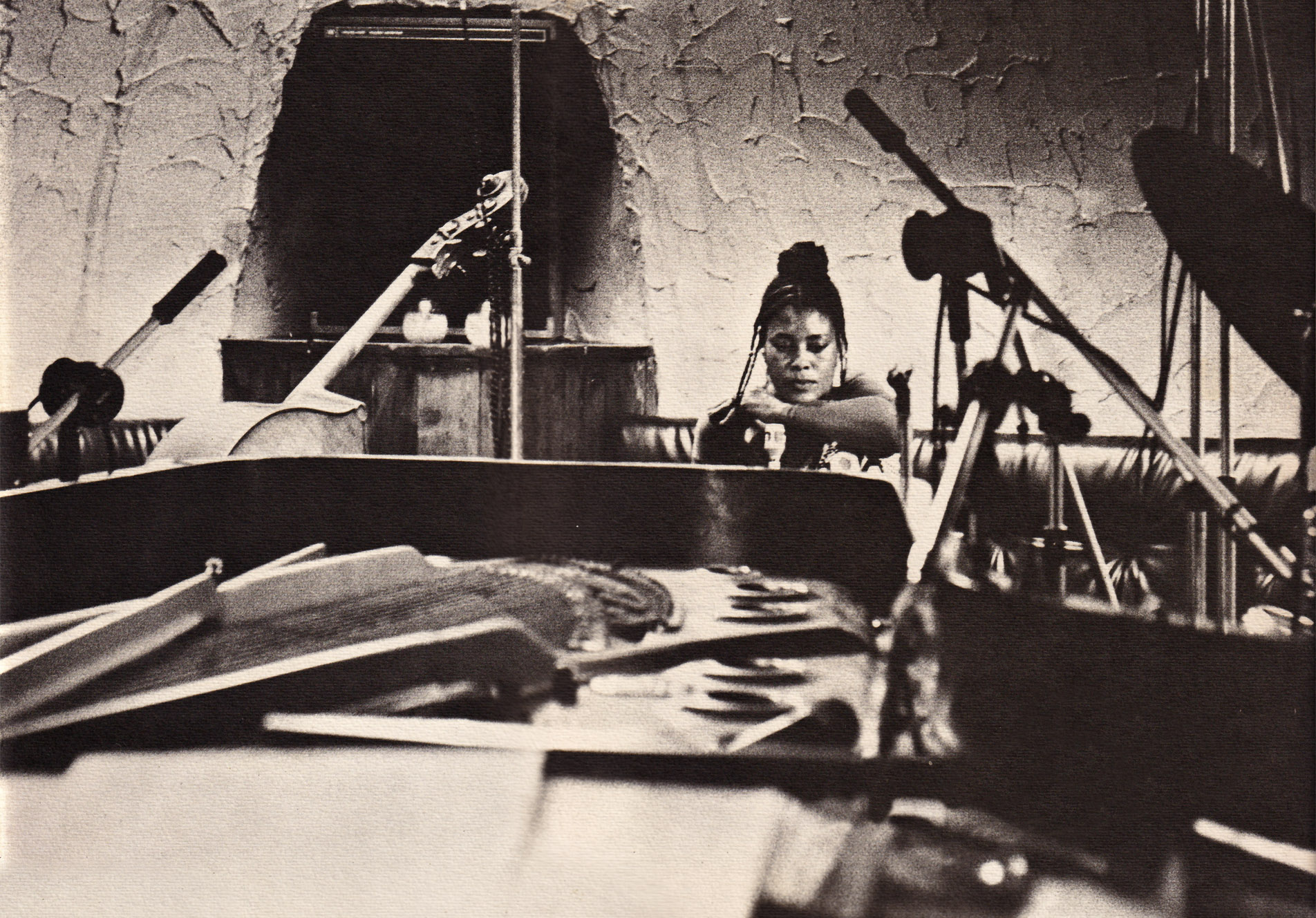

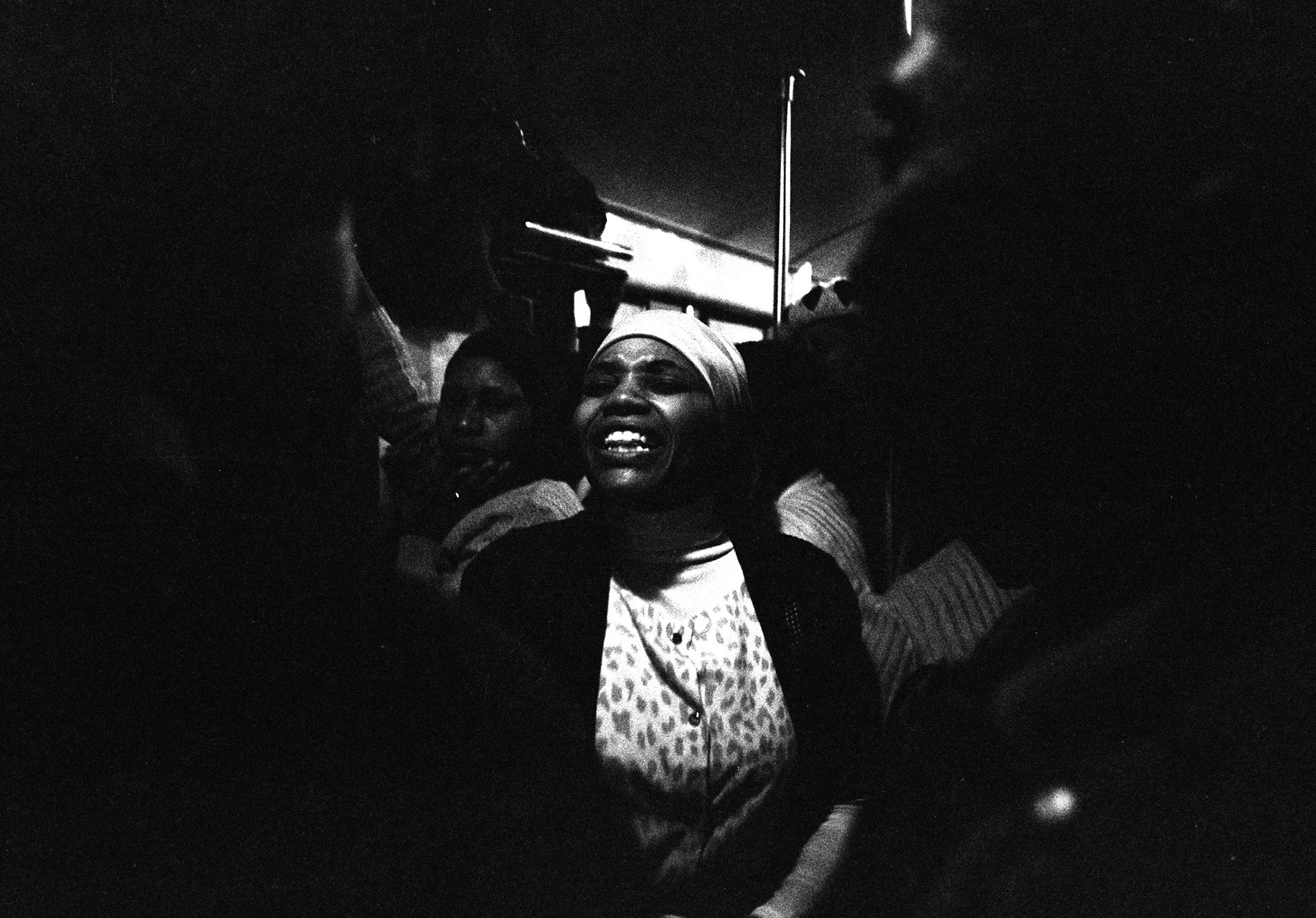





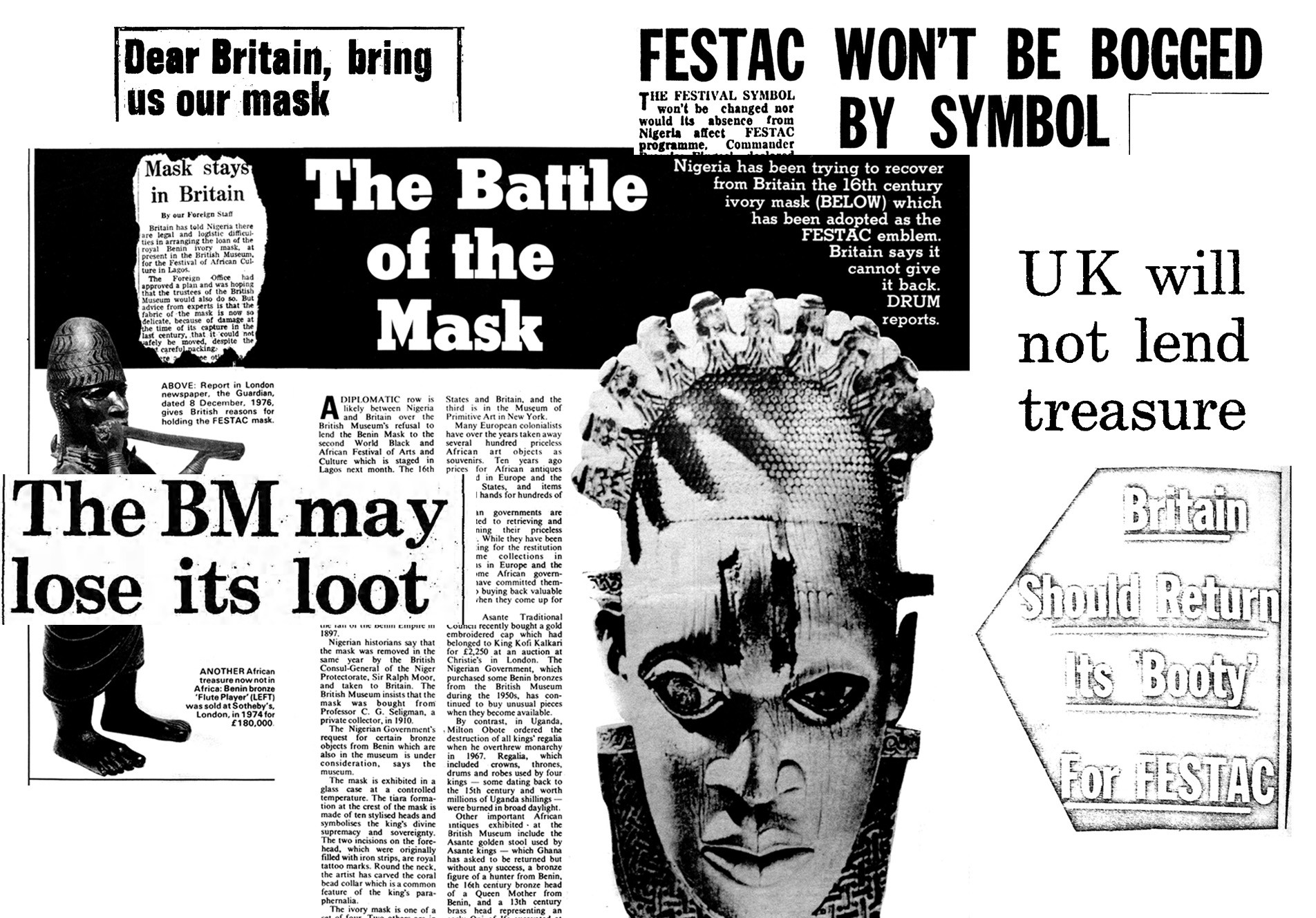




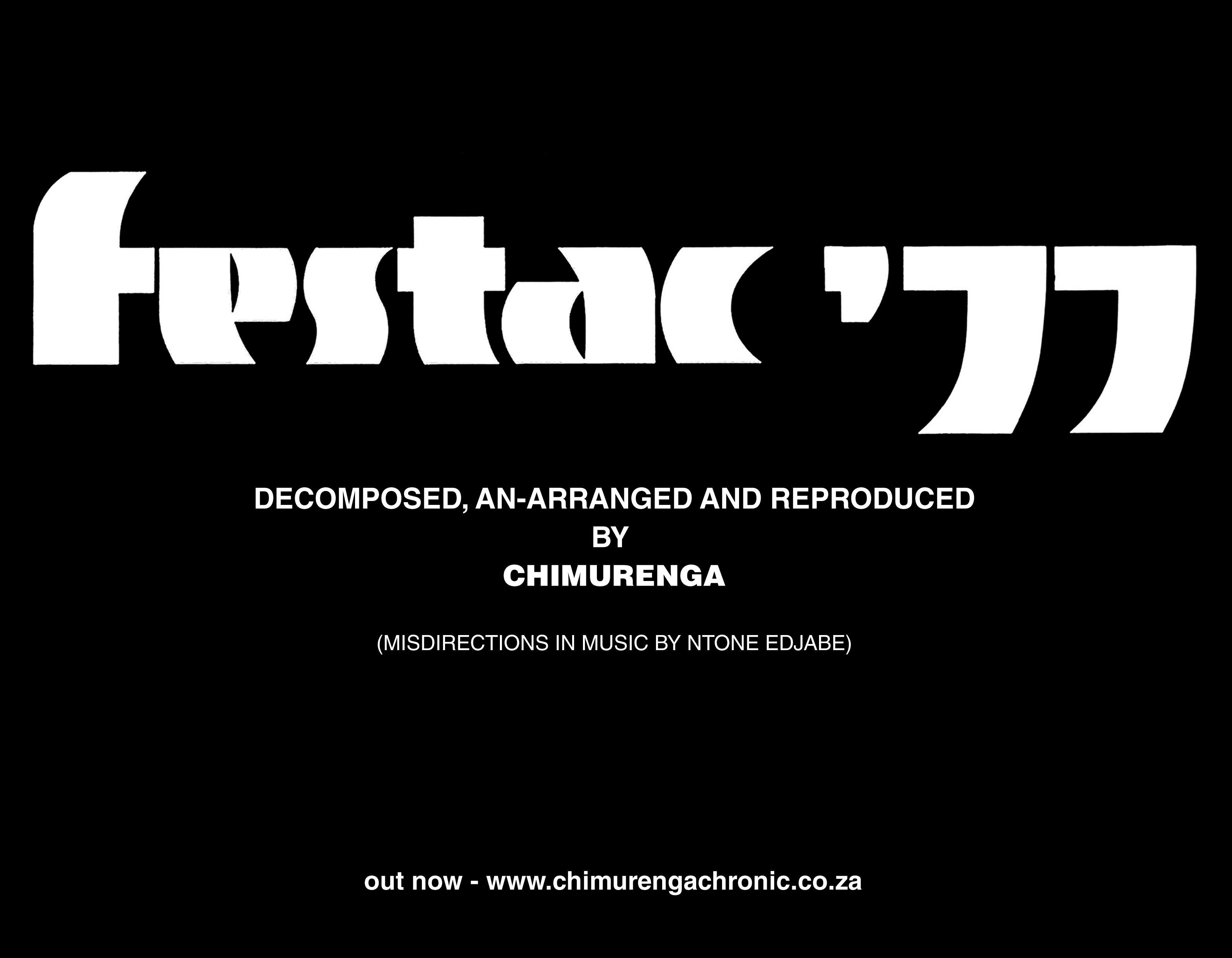























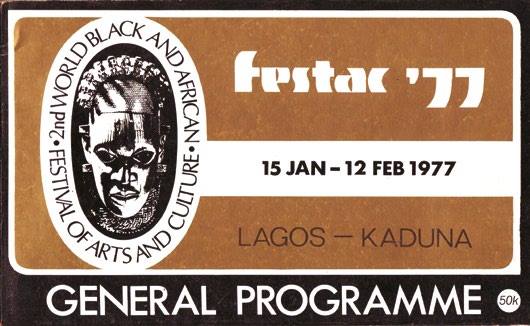









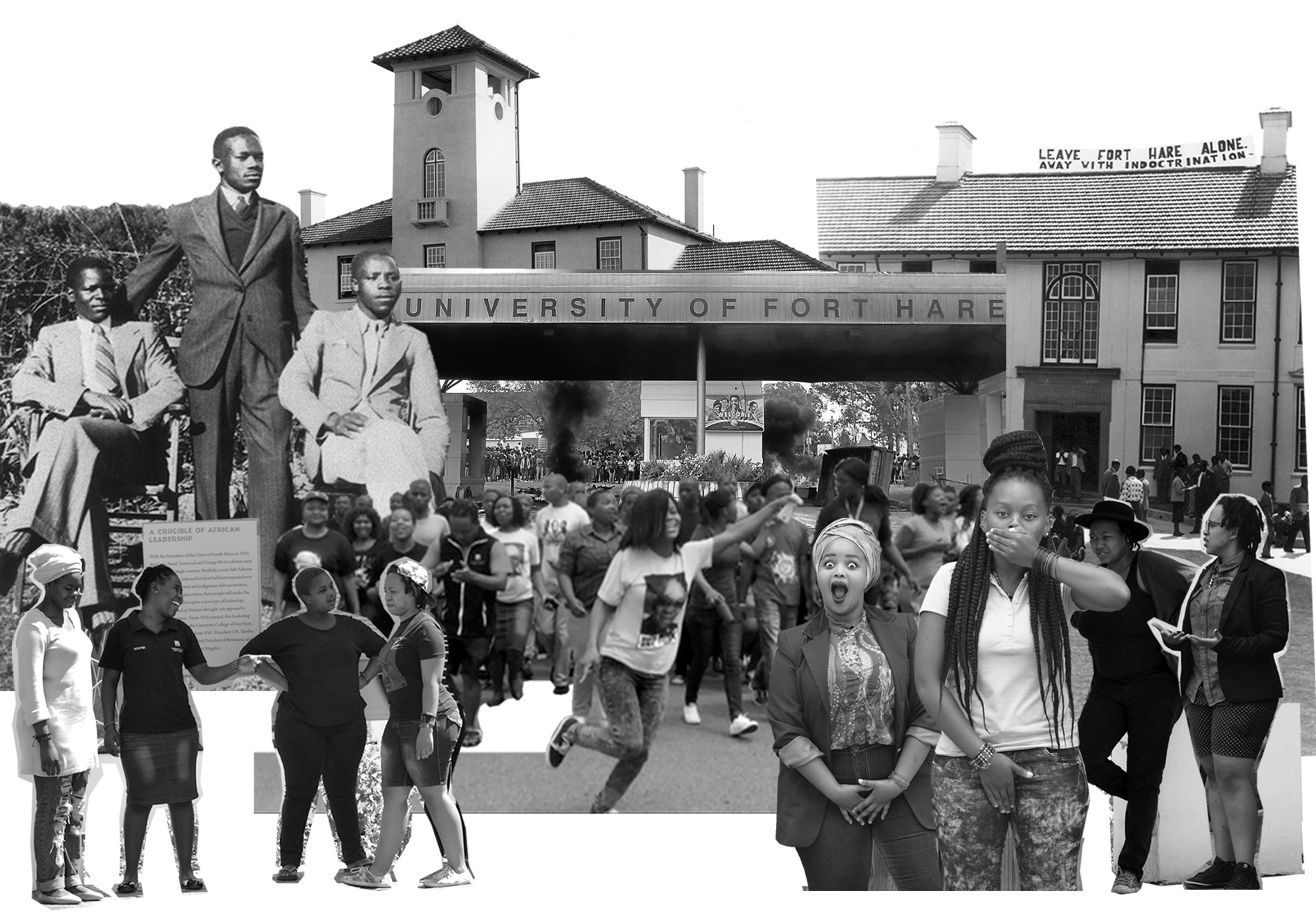





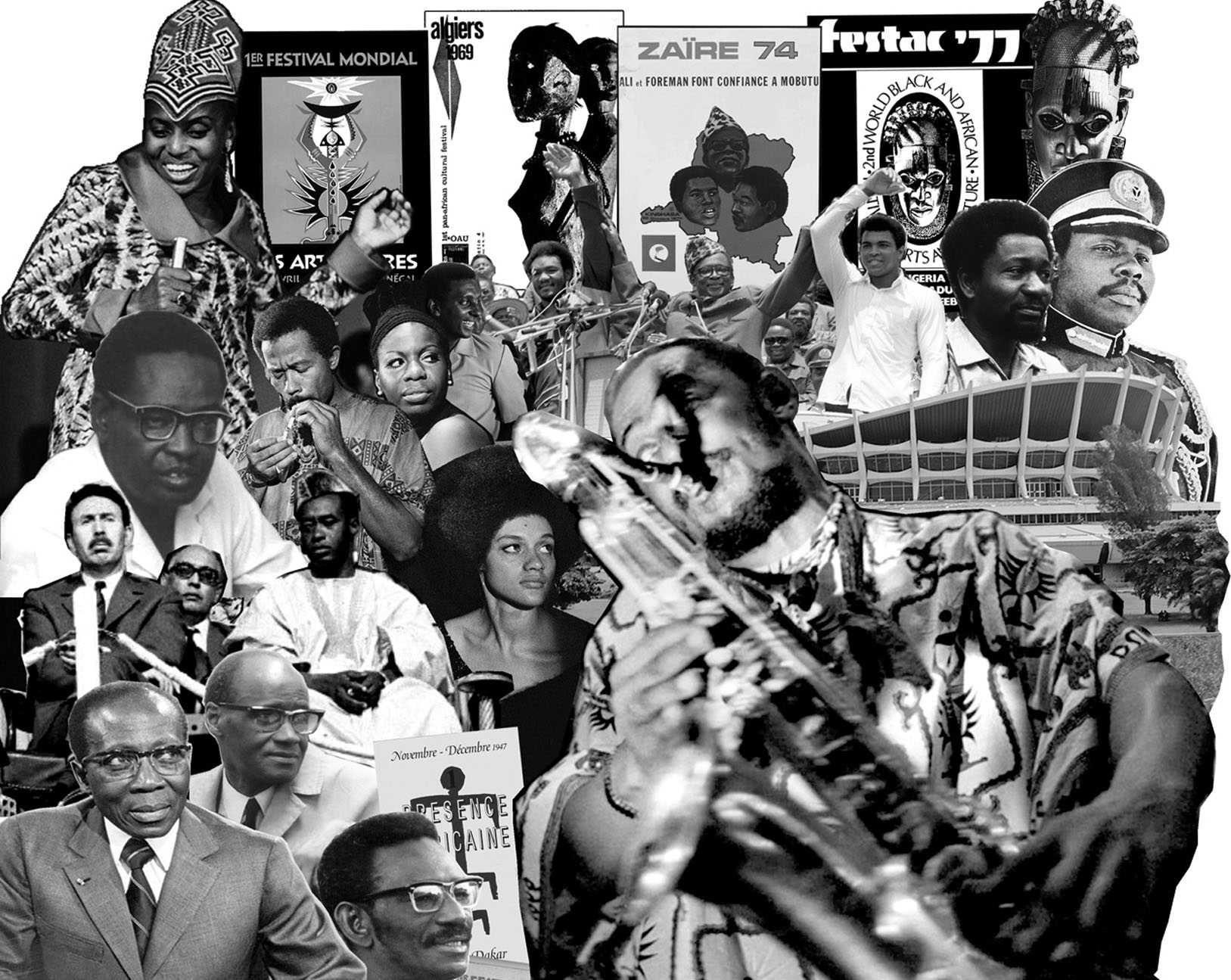

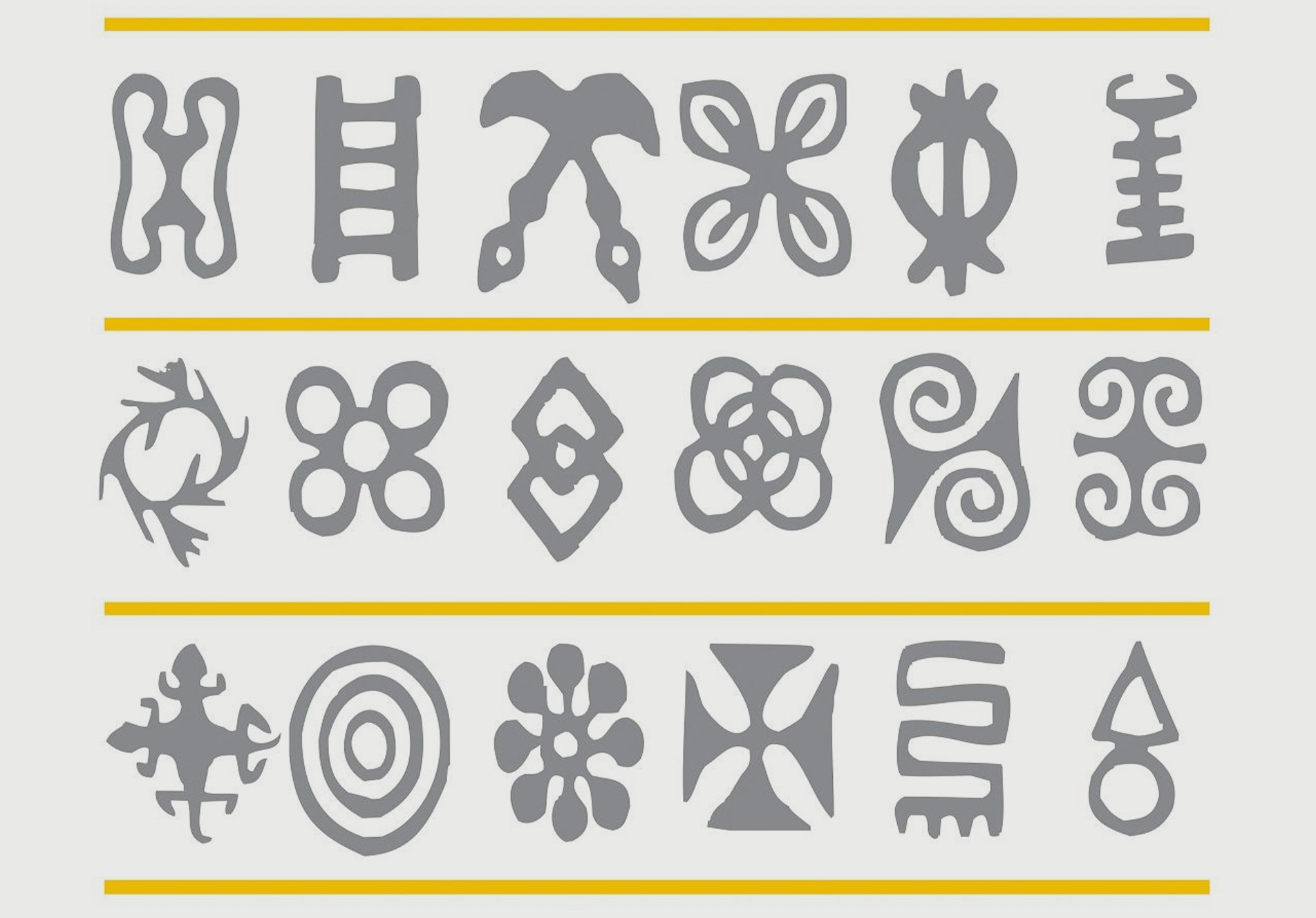












No comments yet.